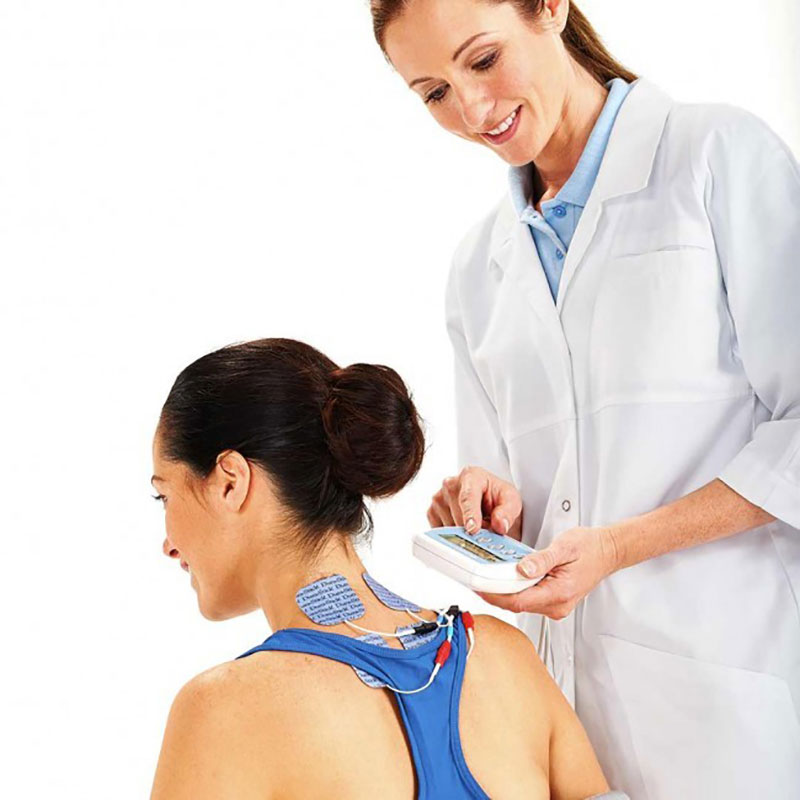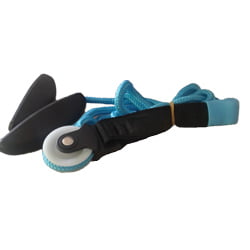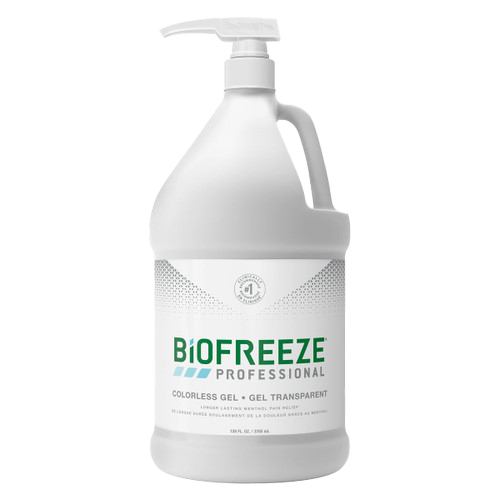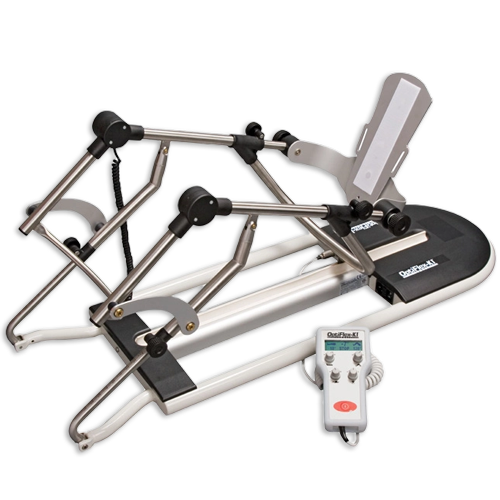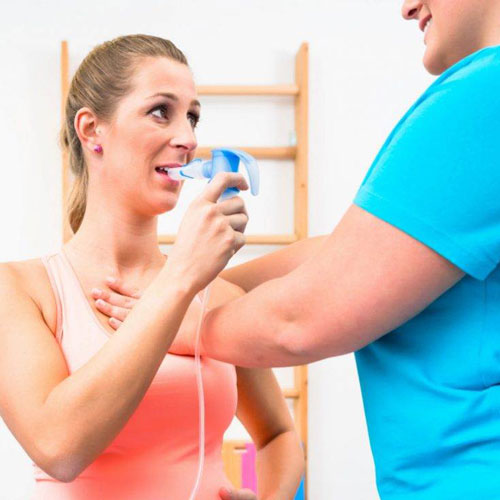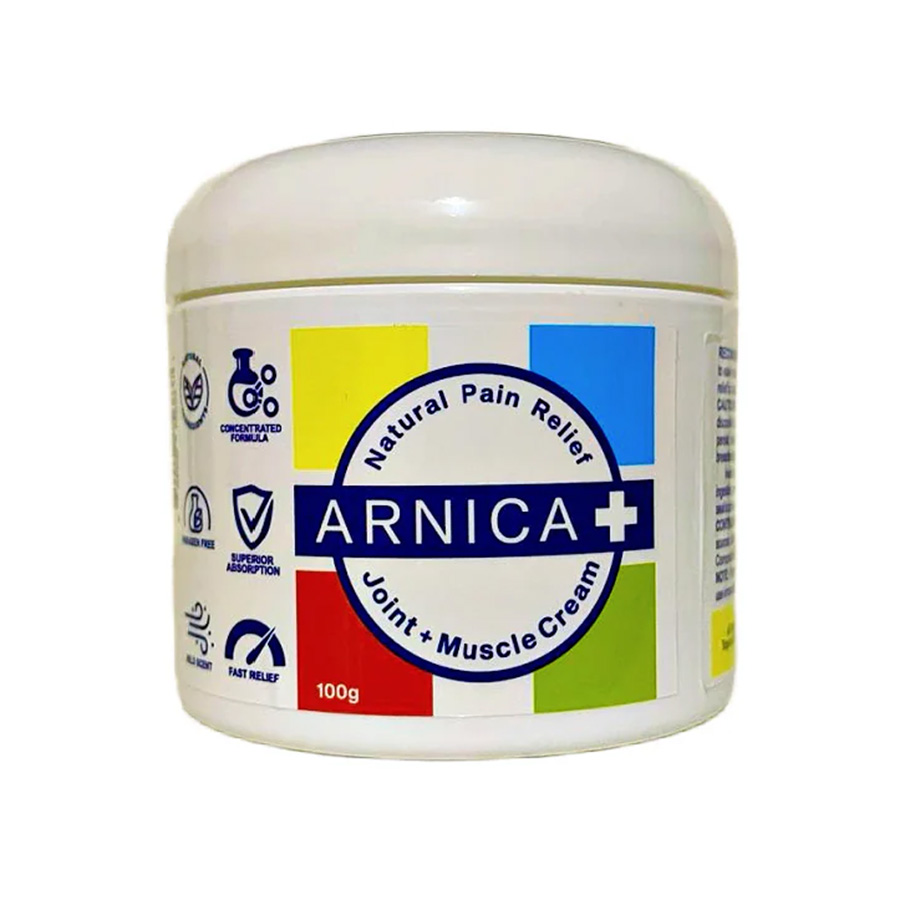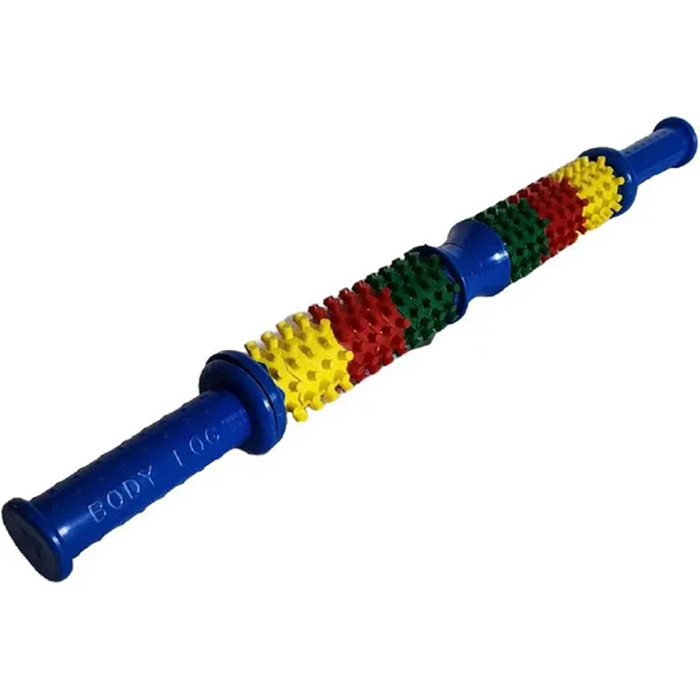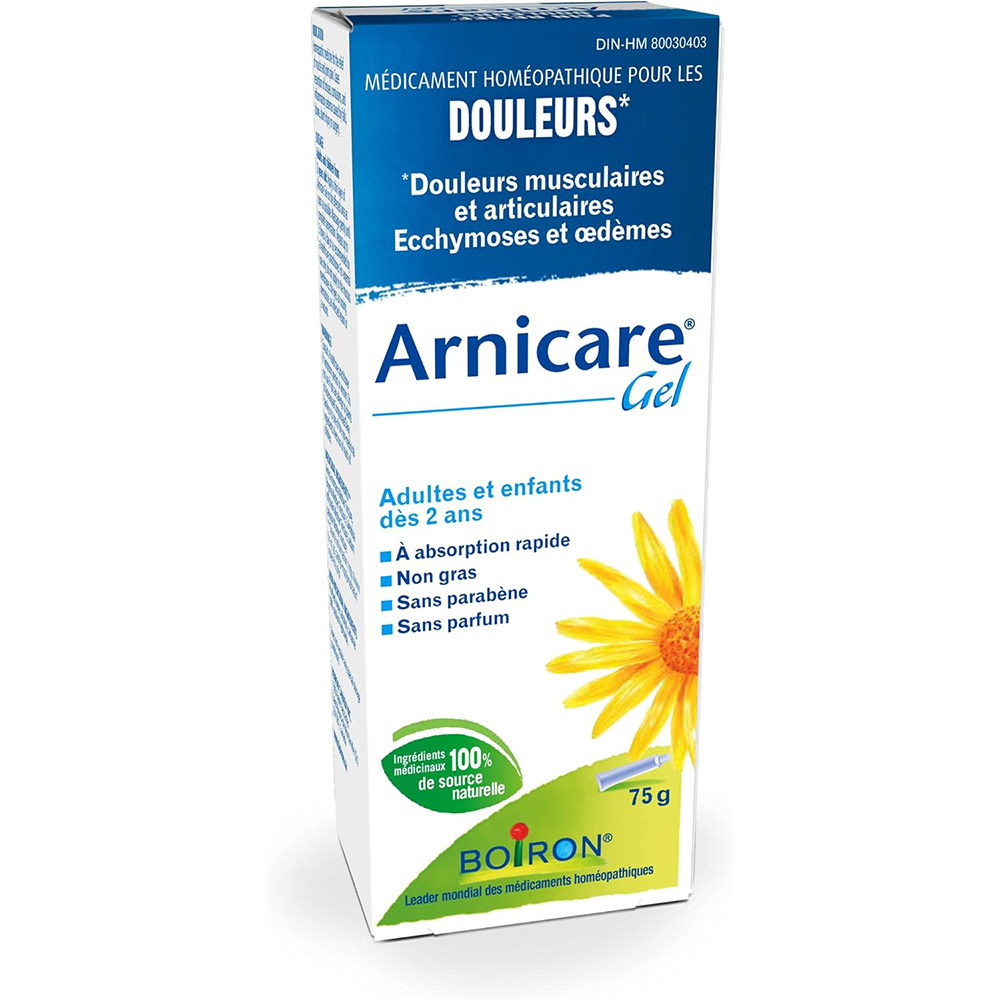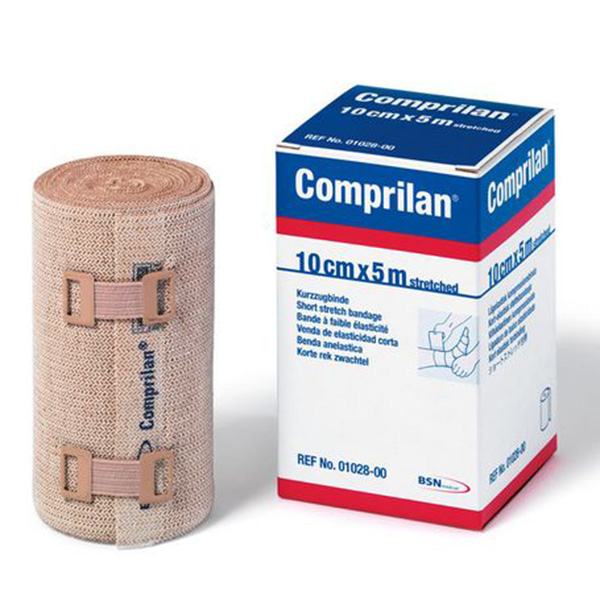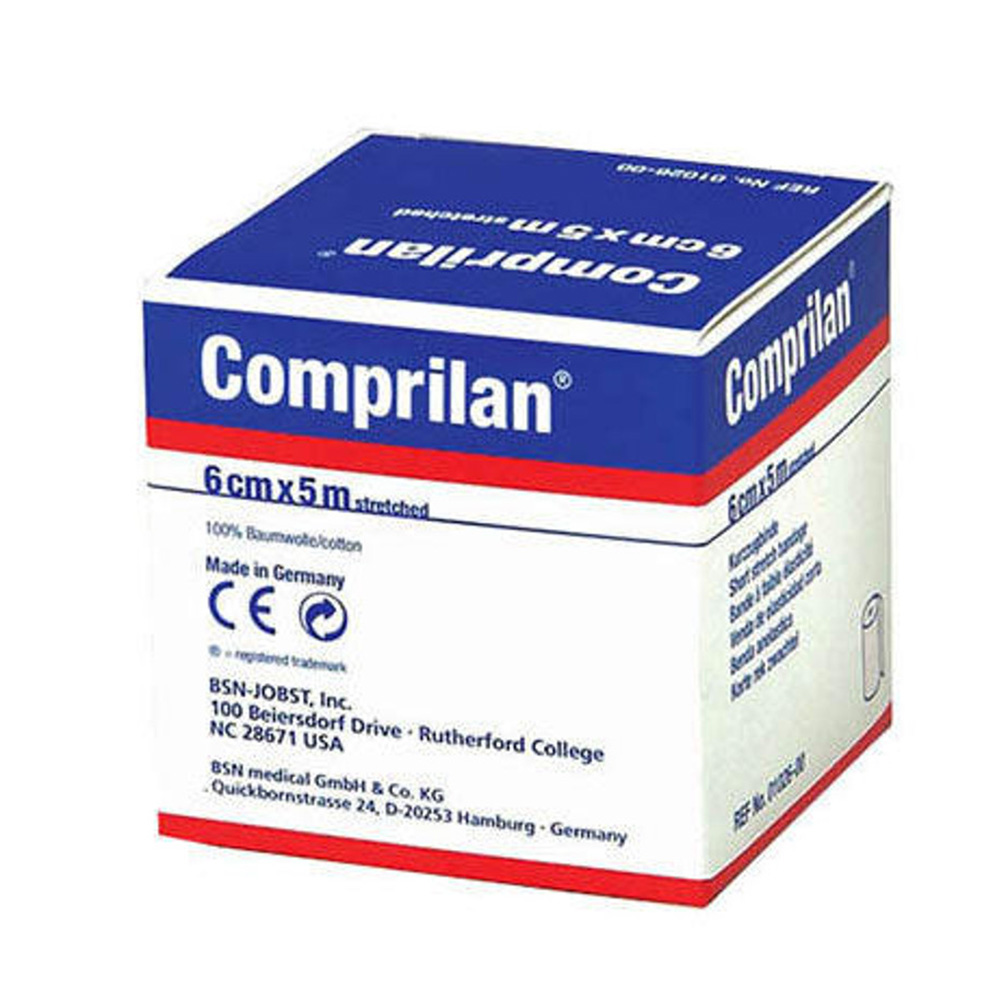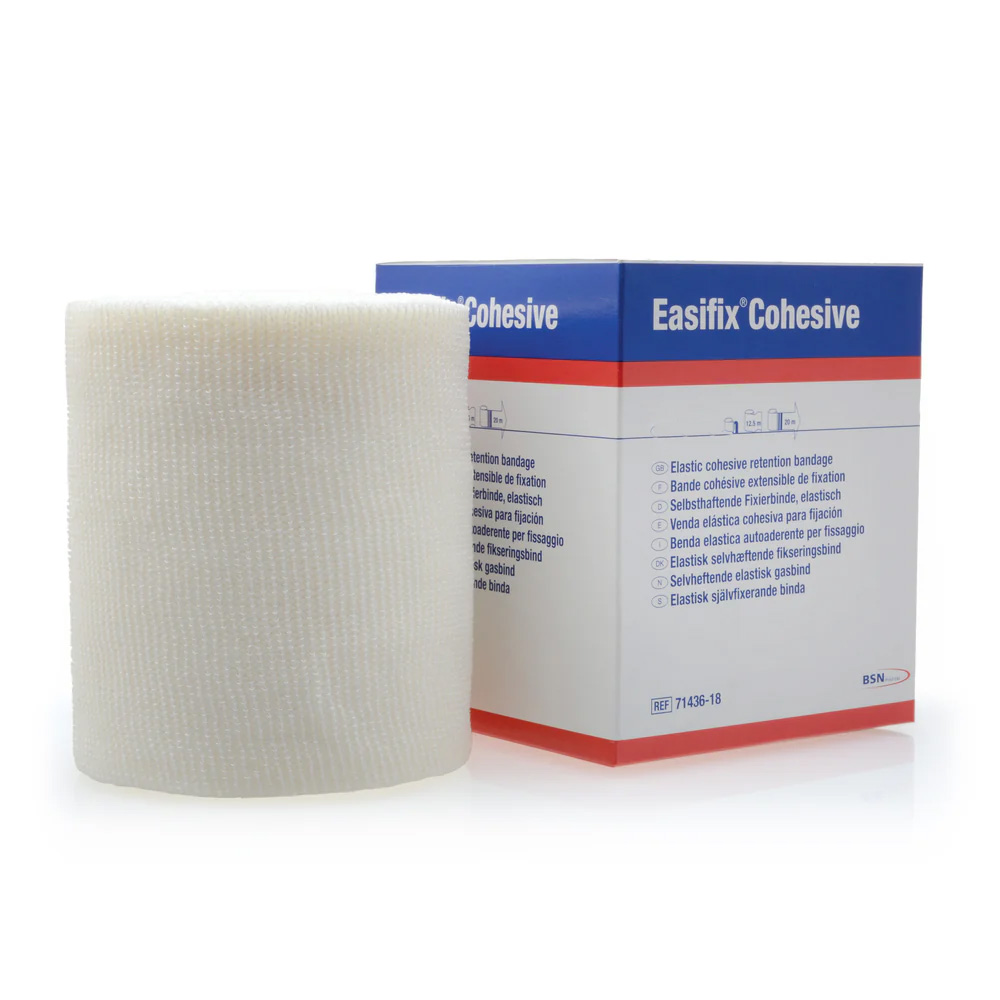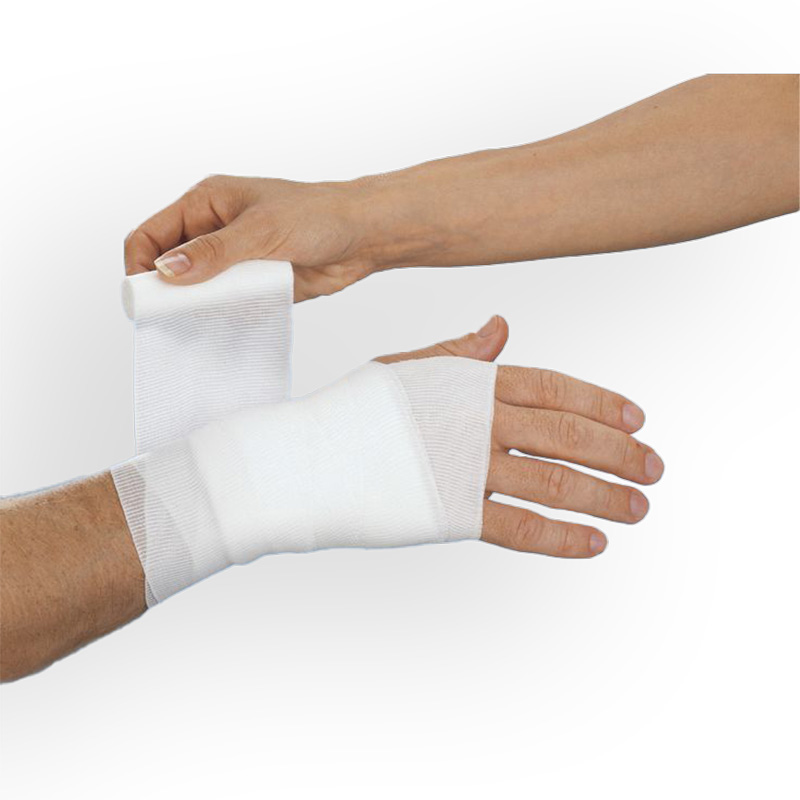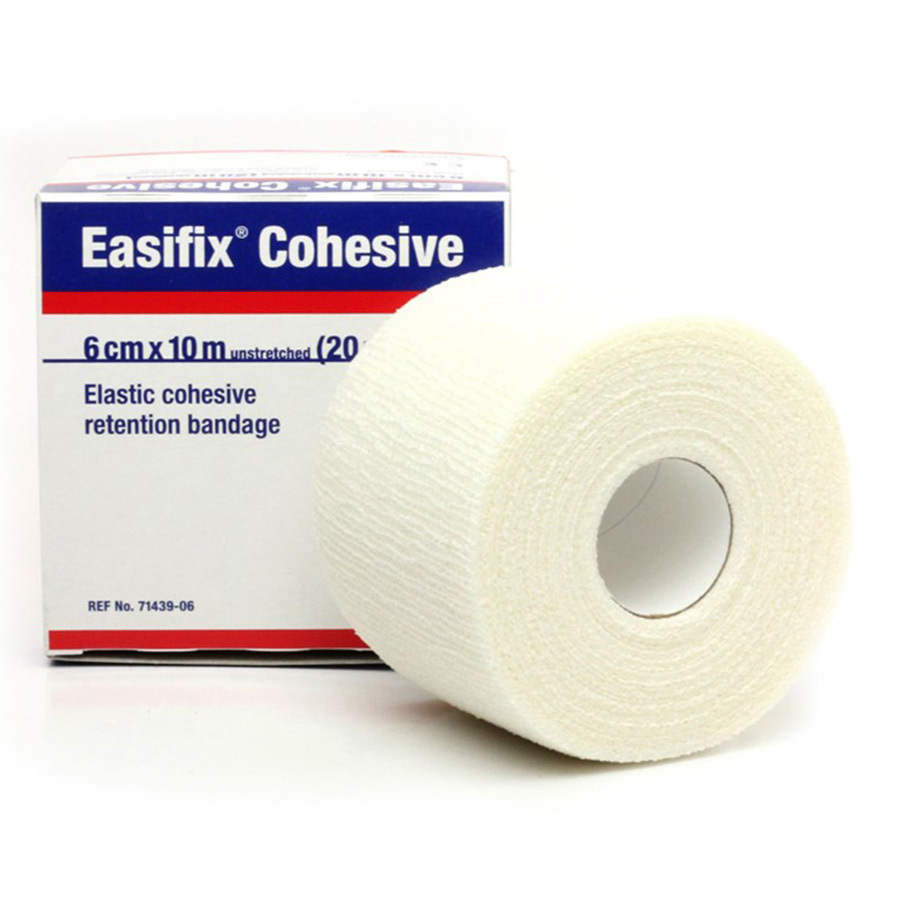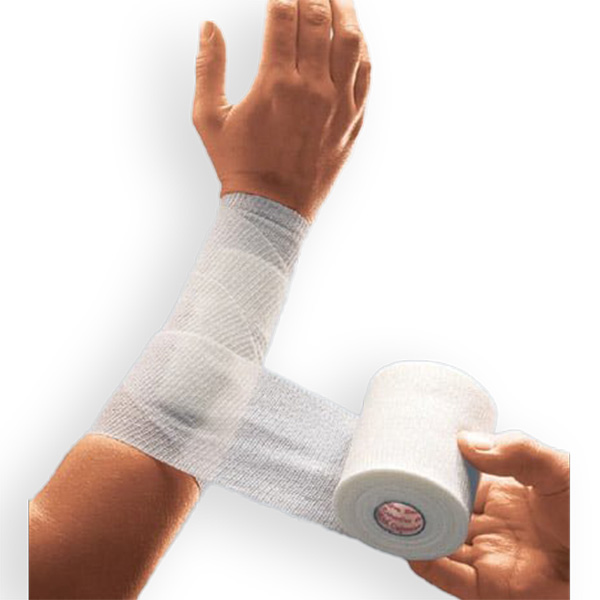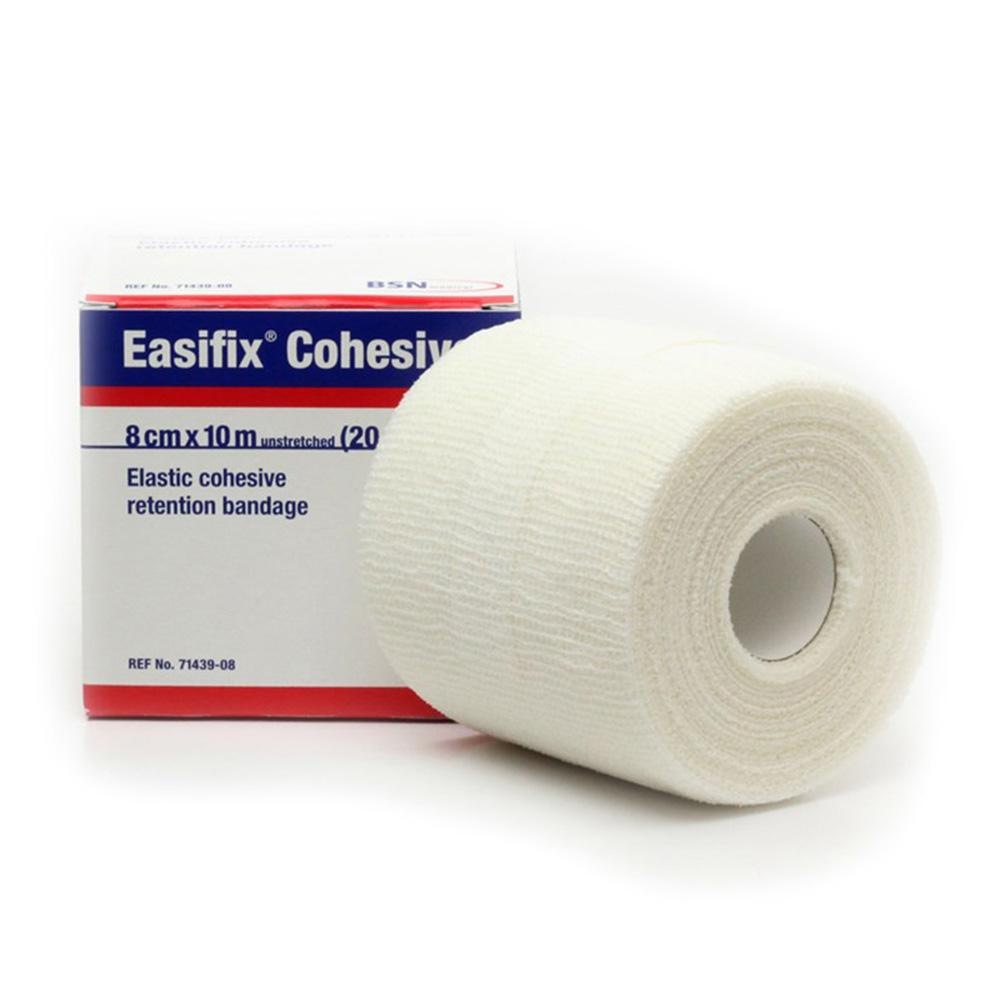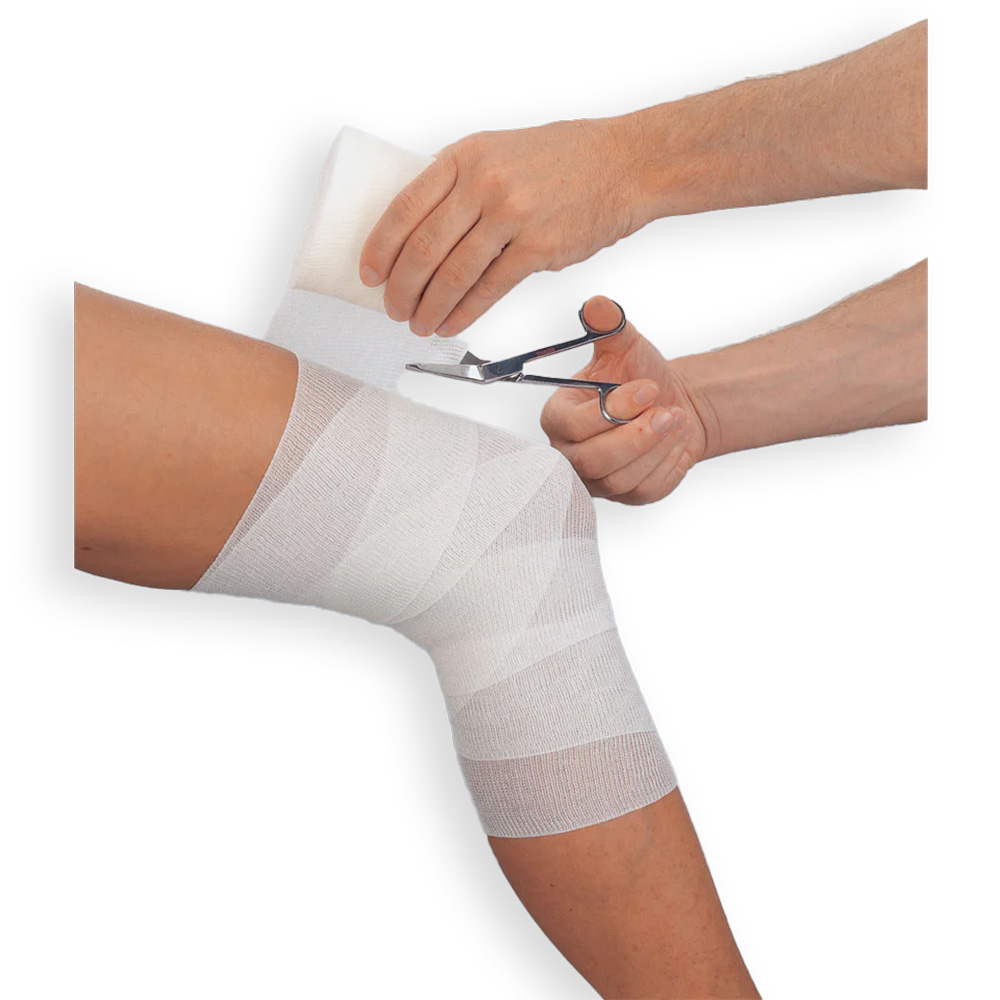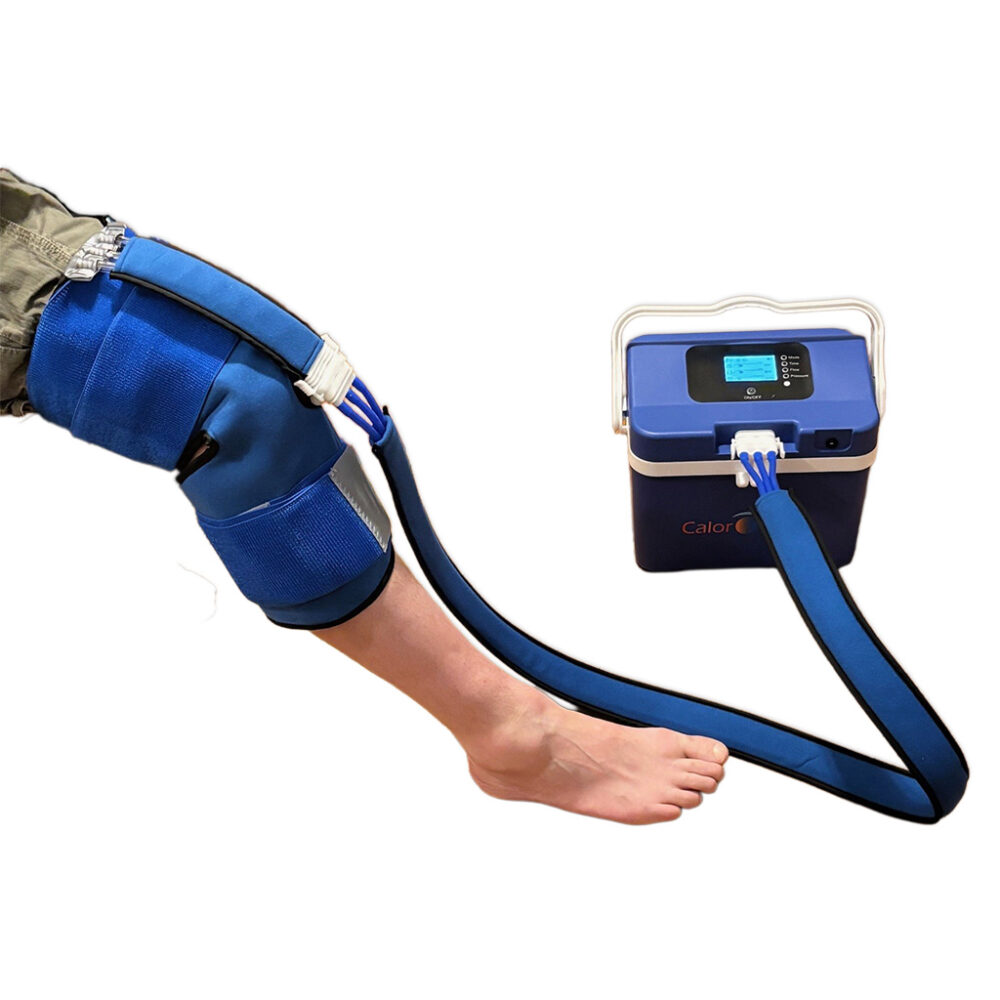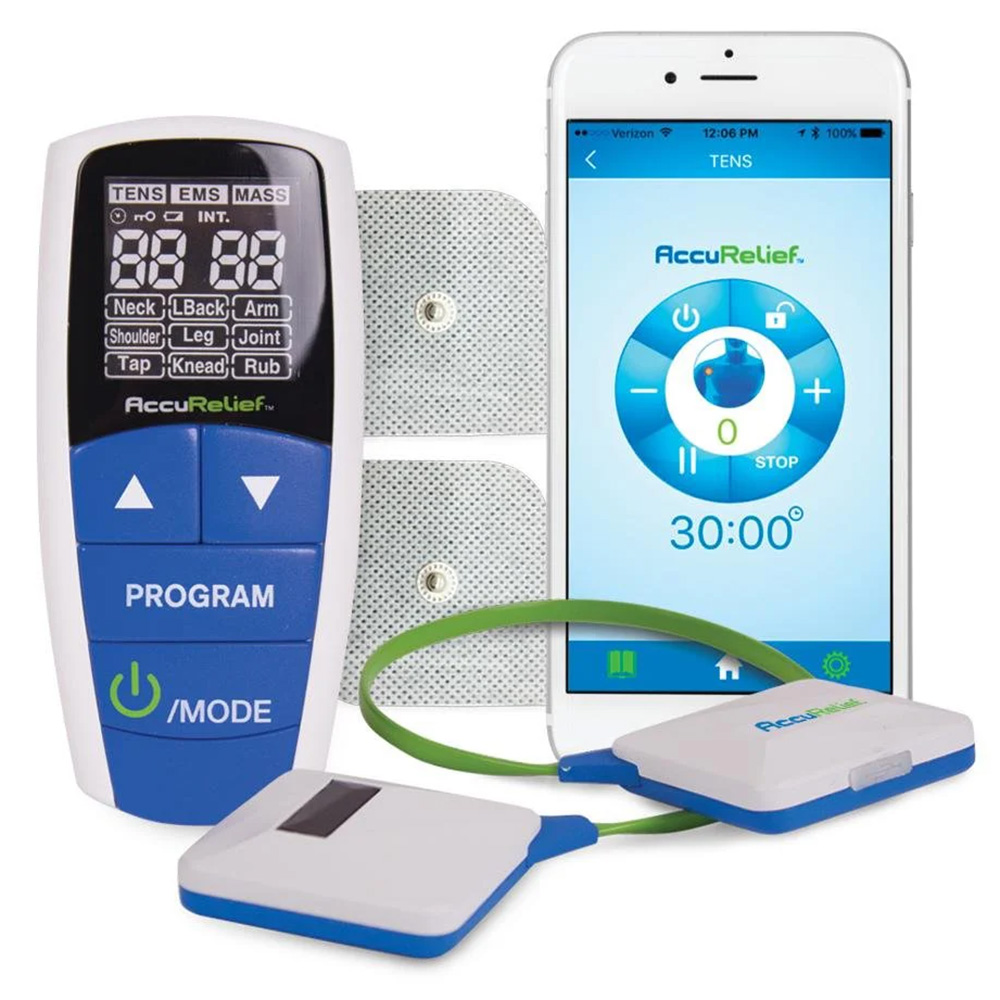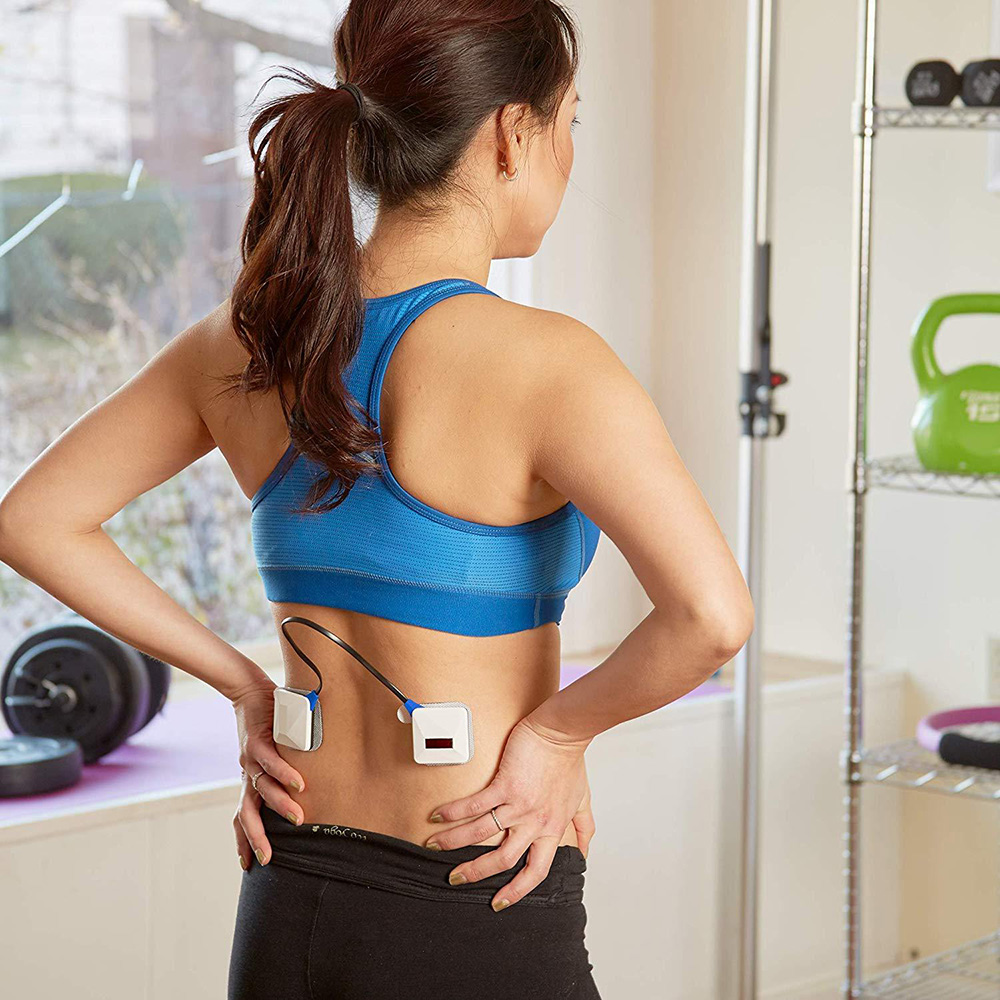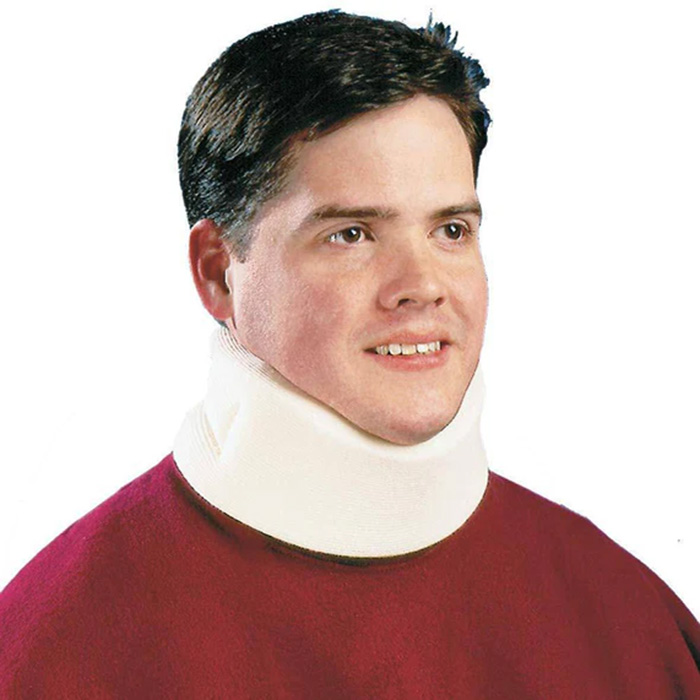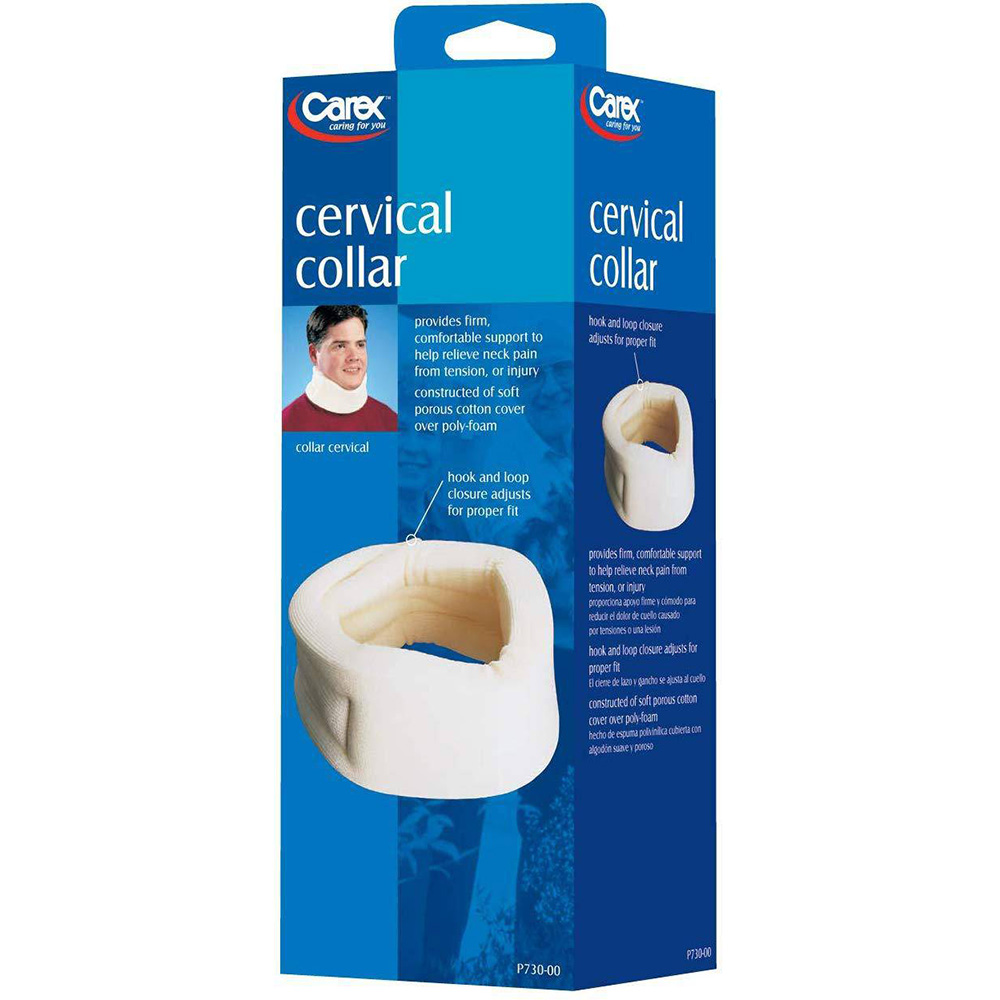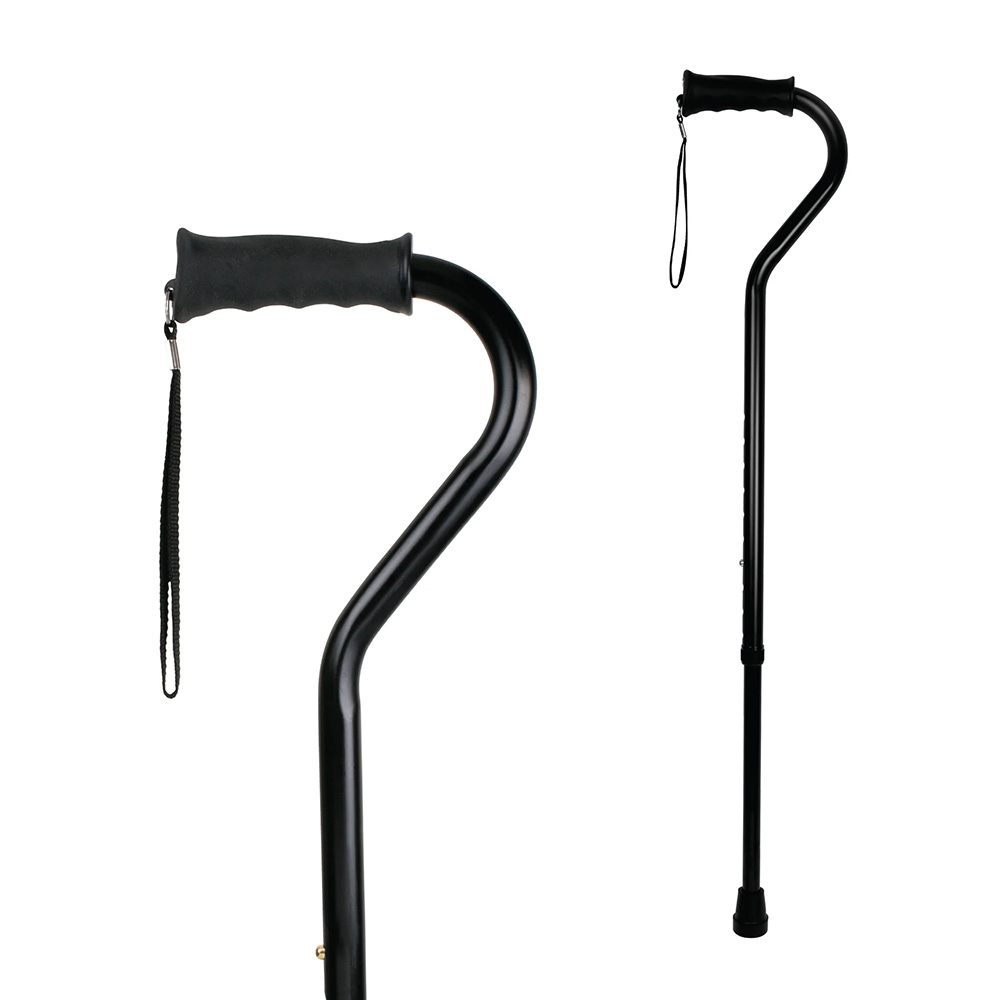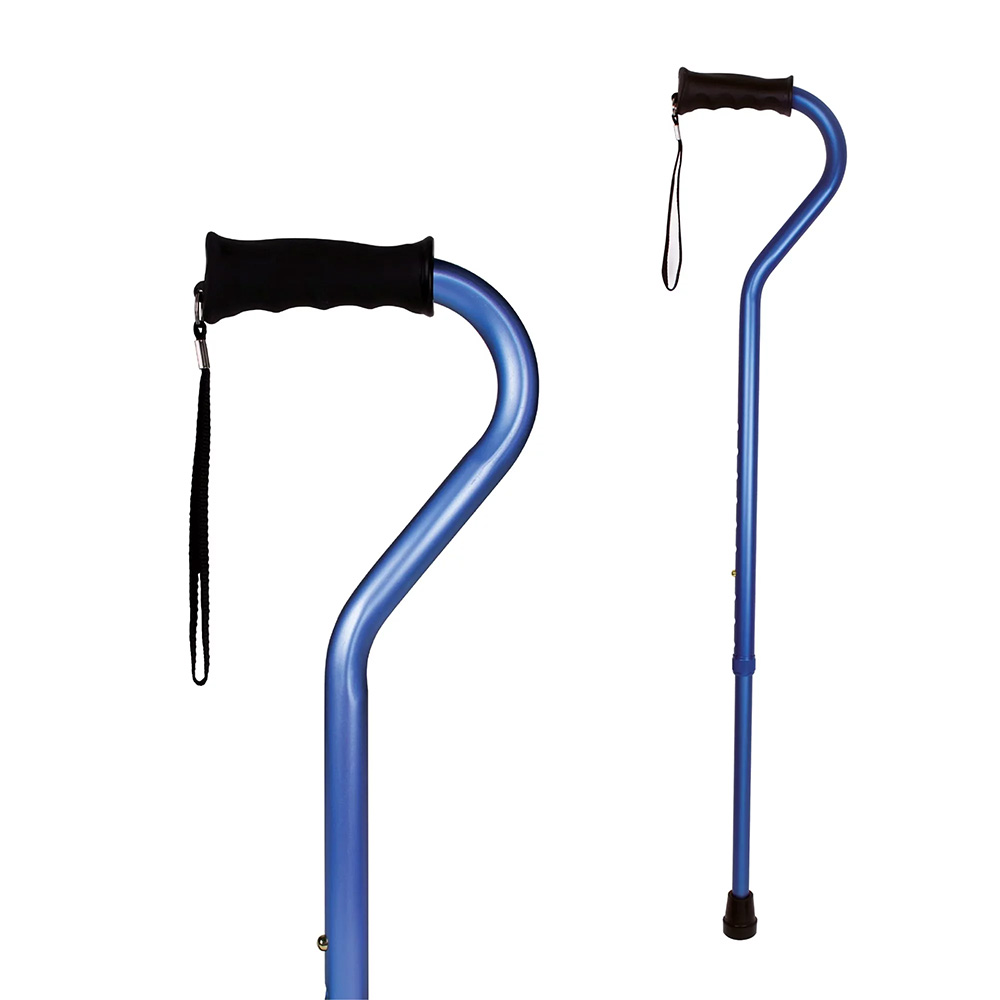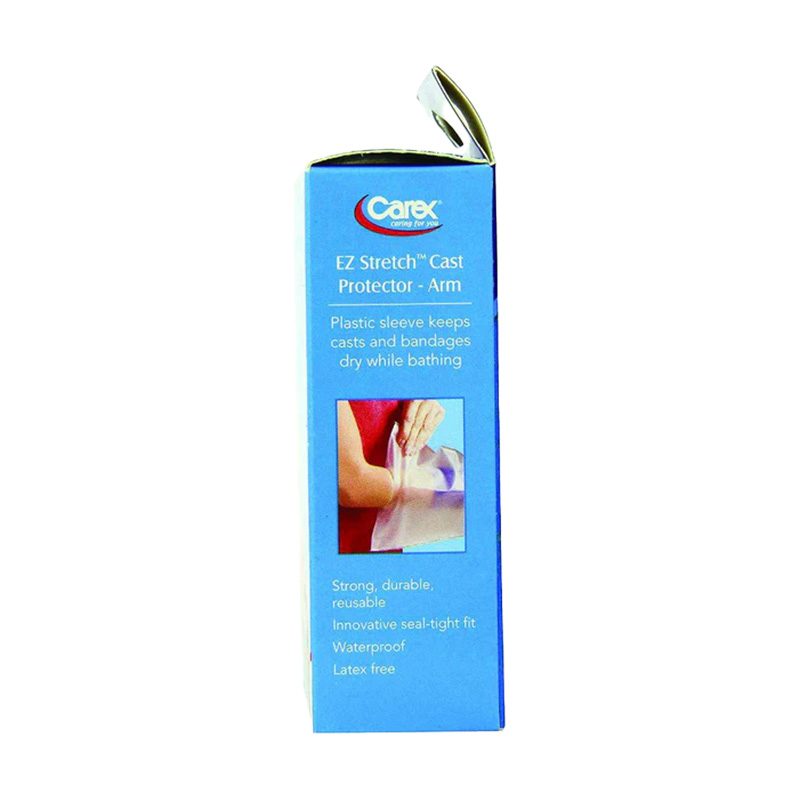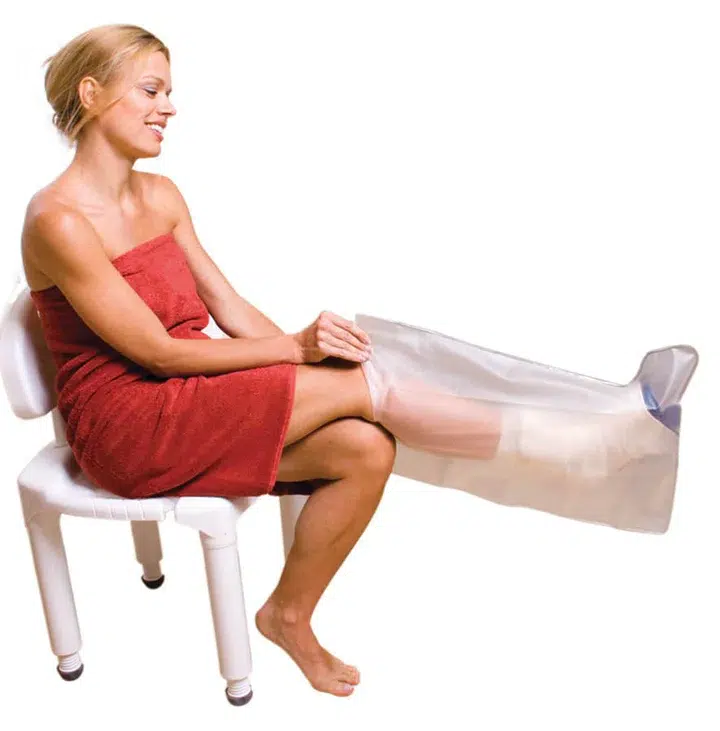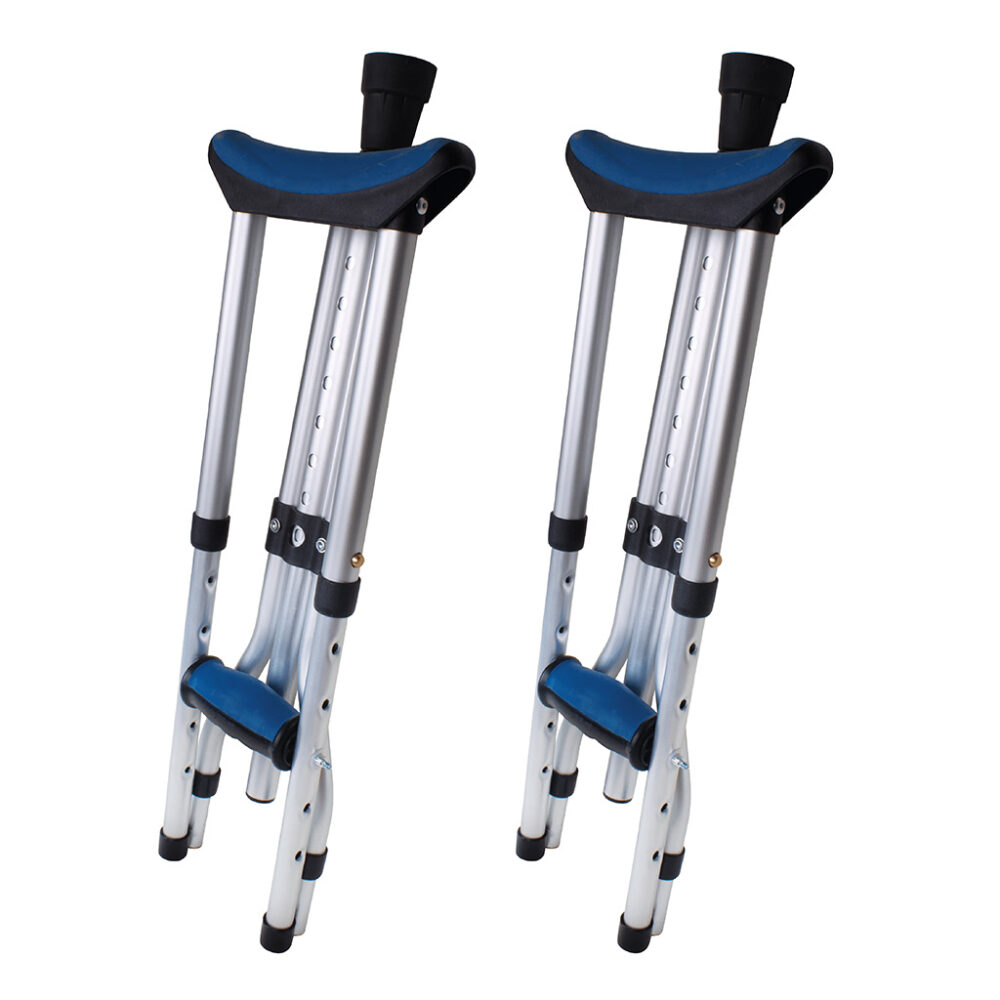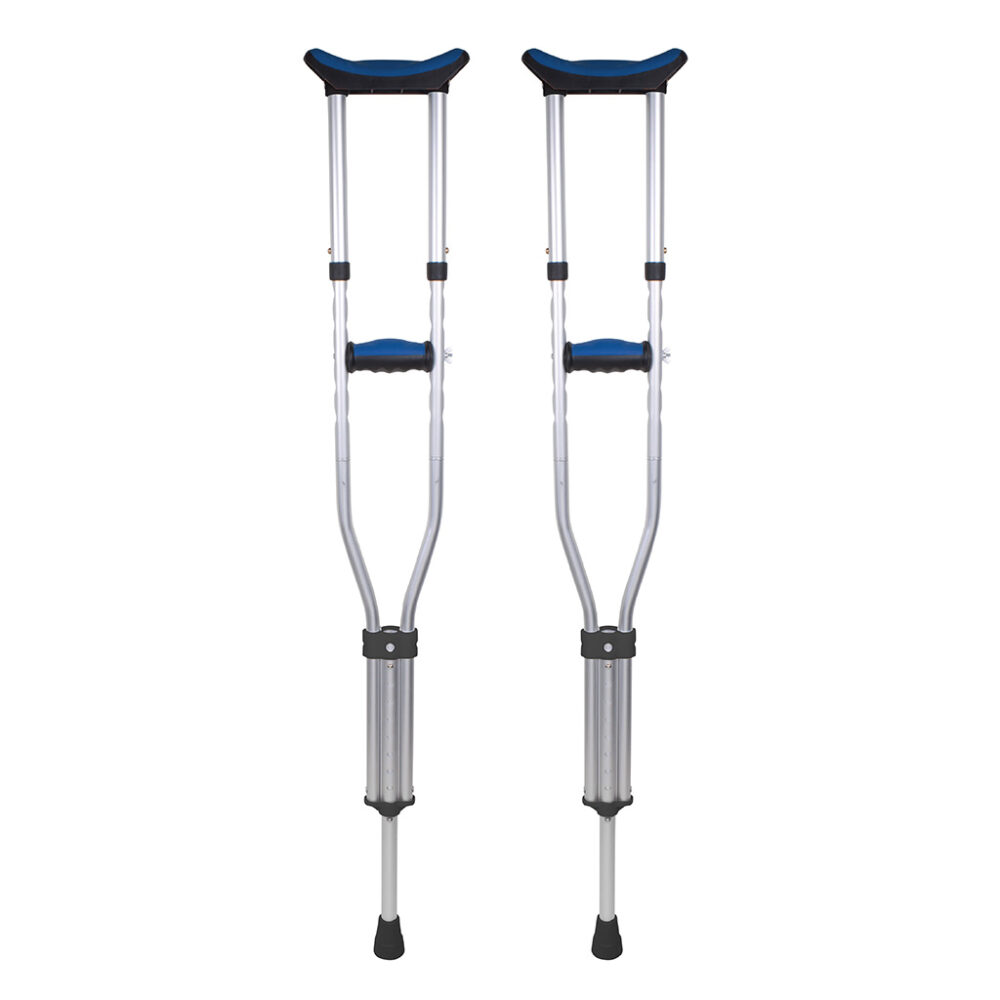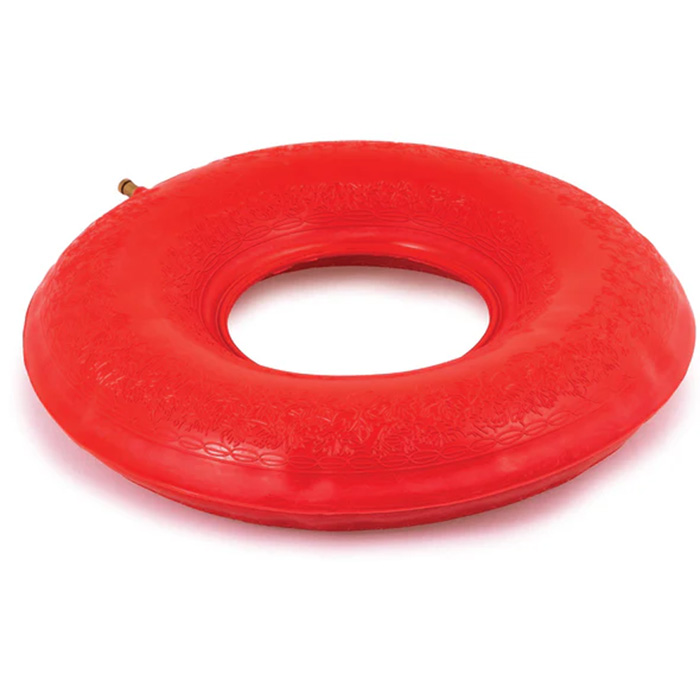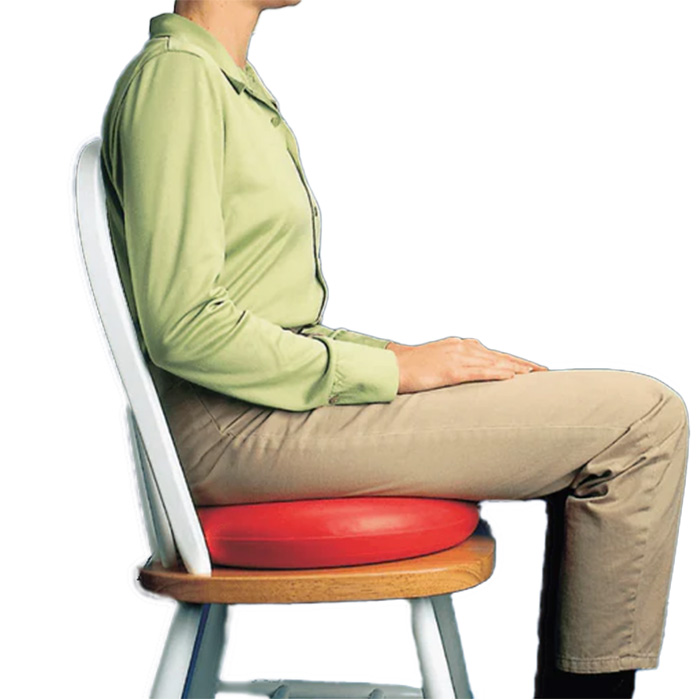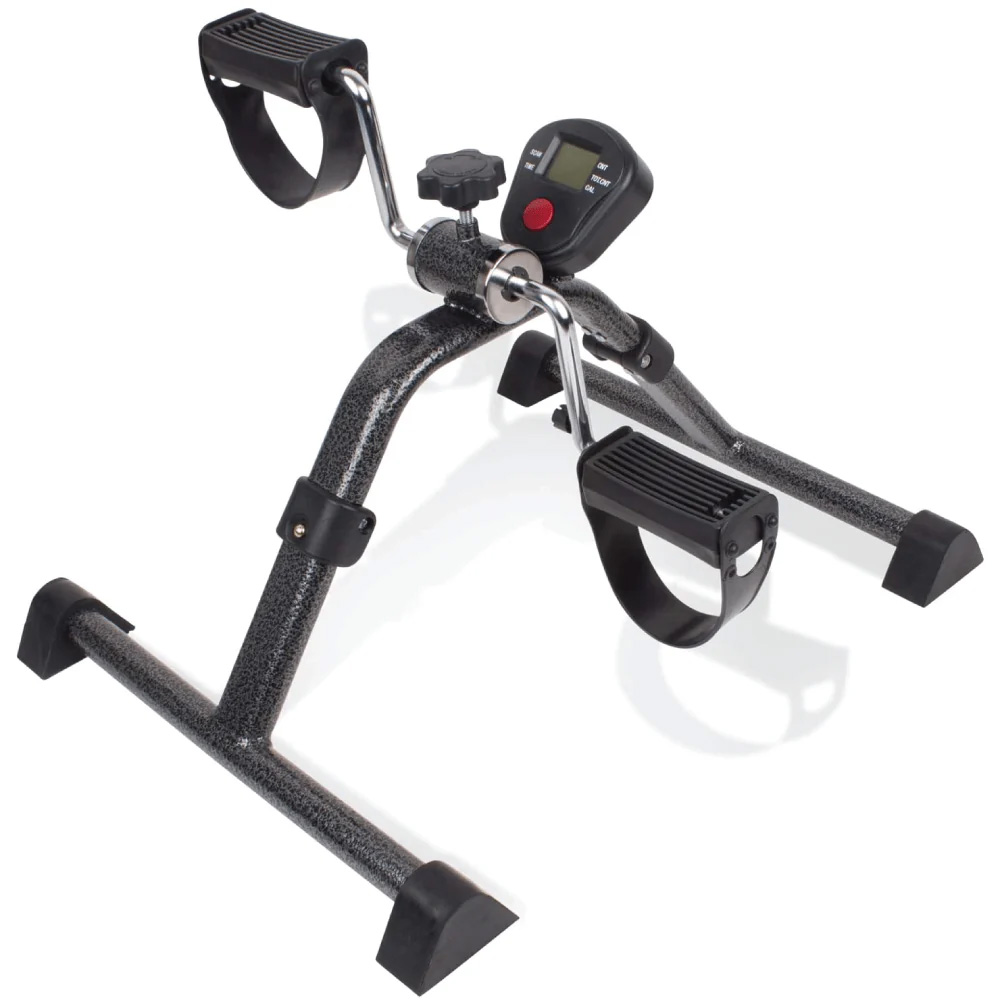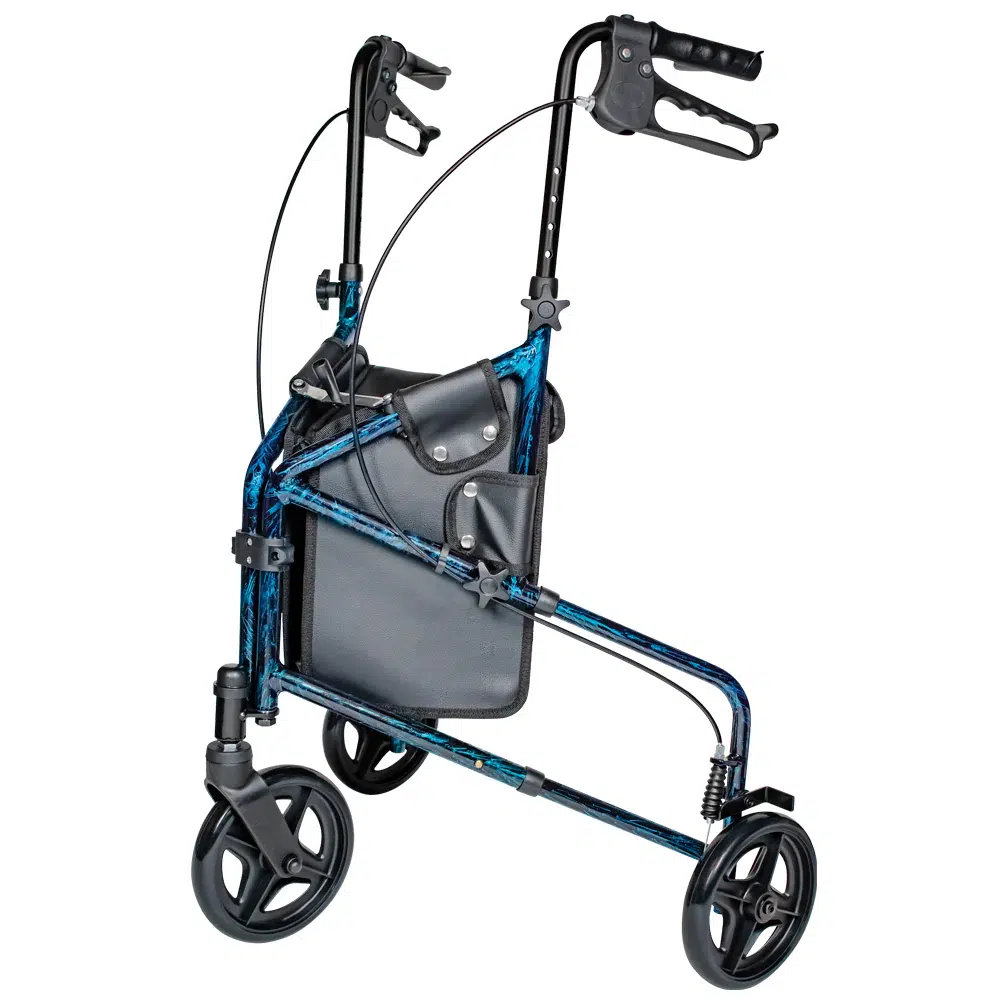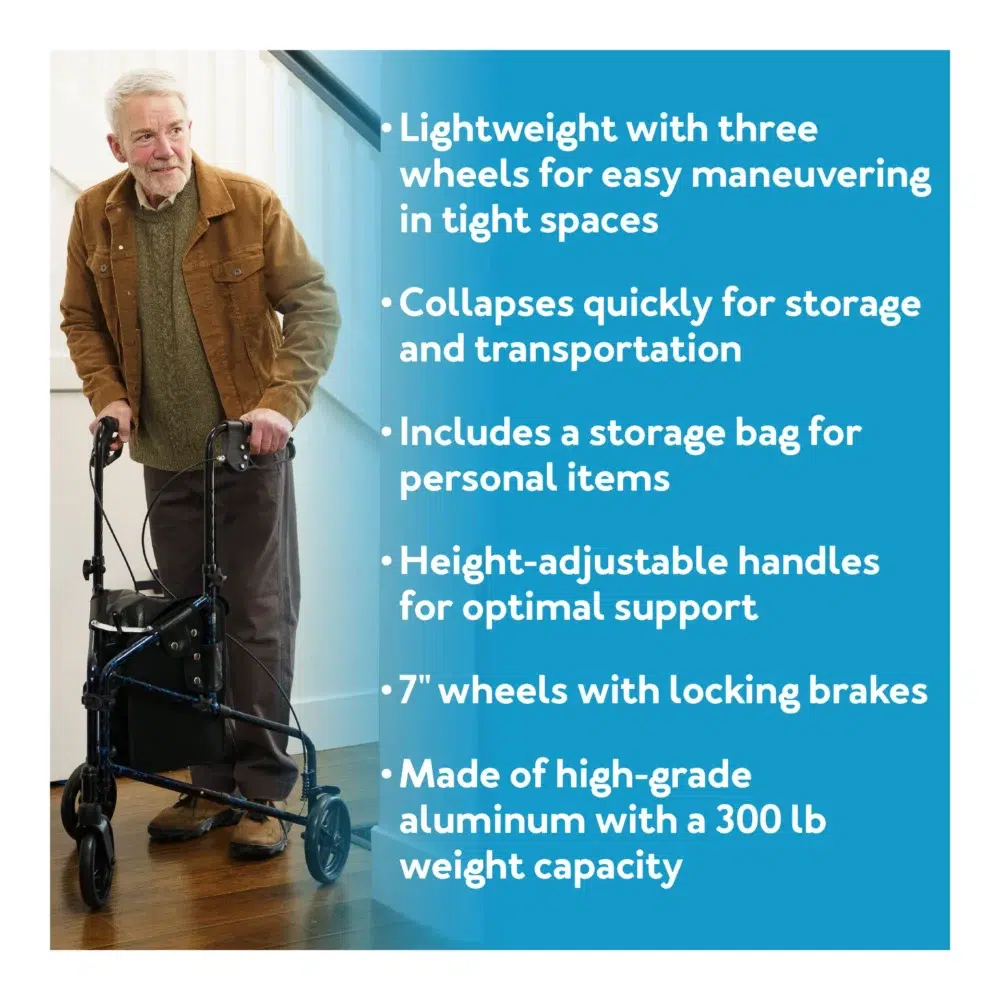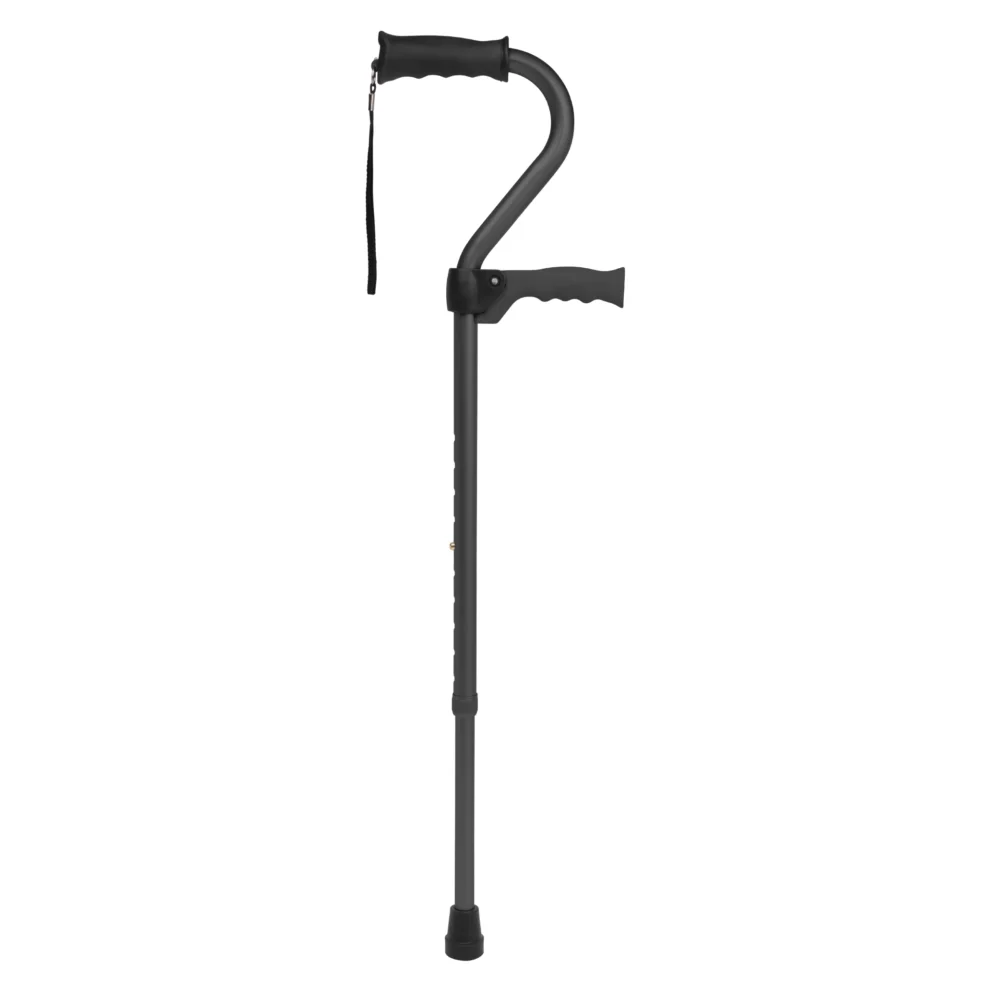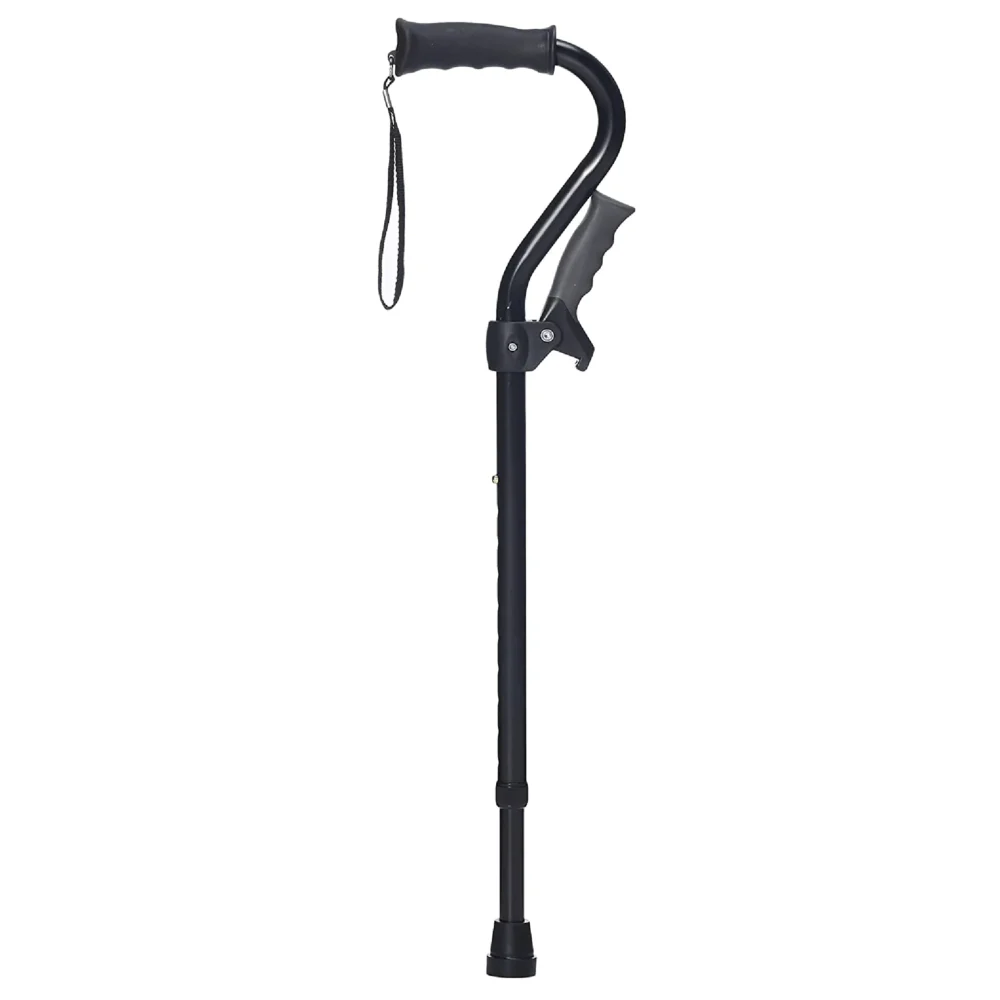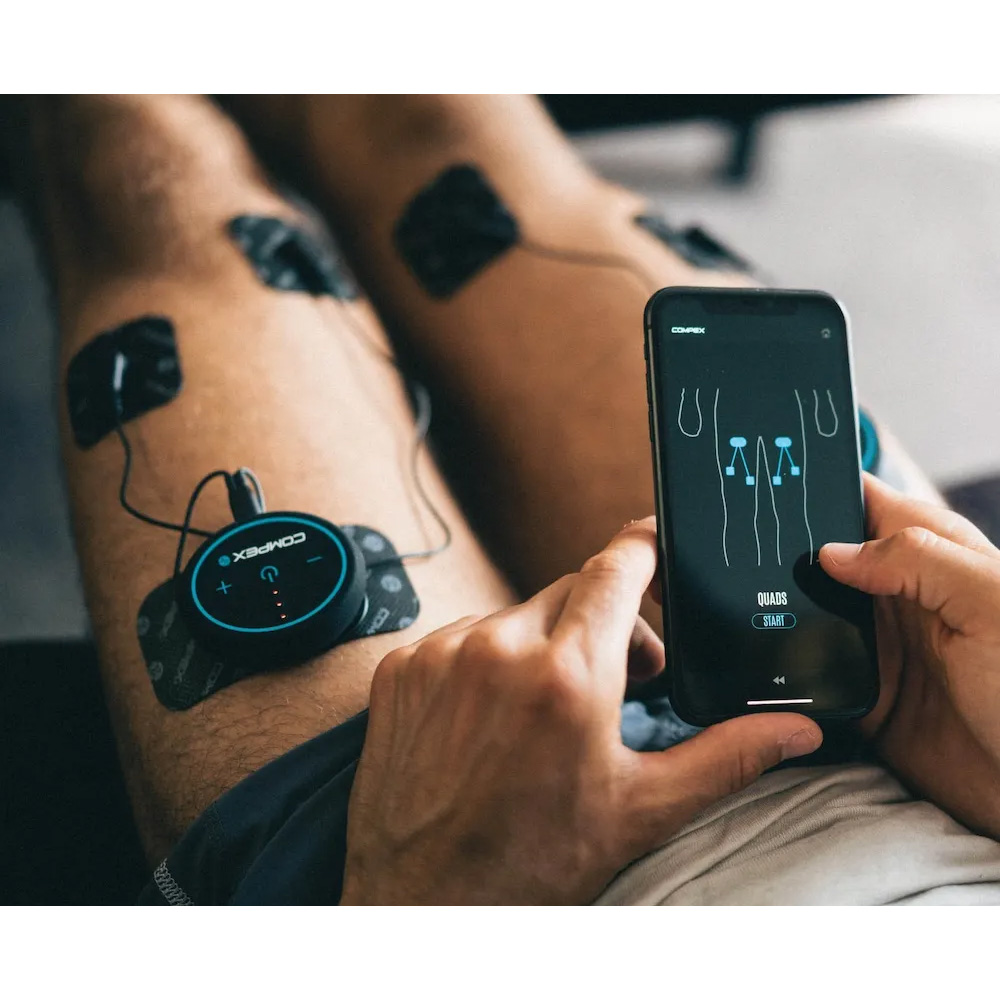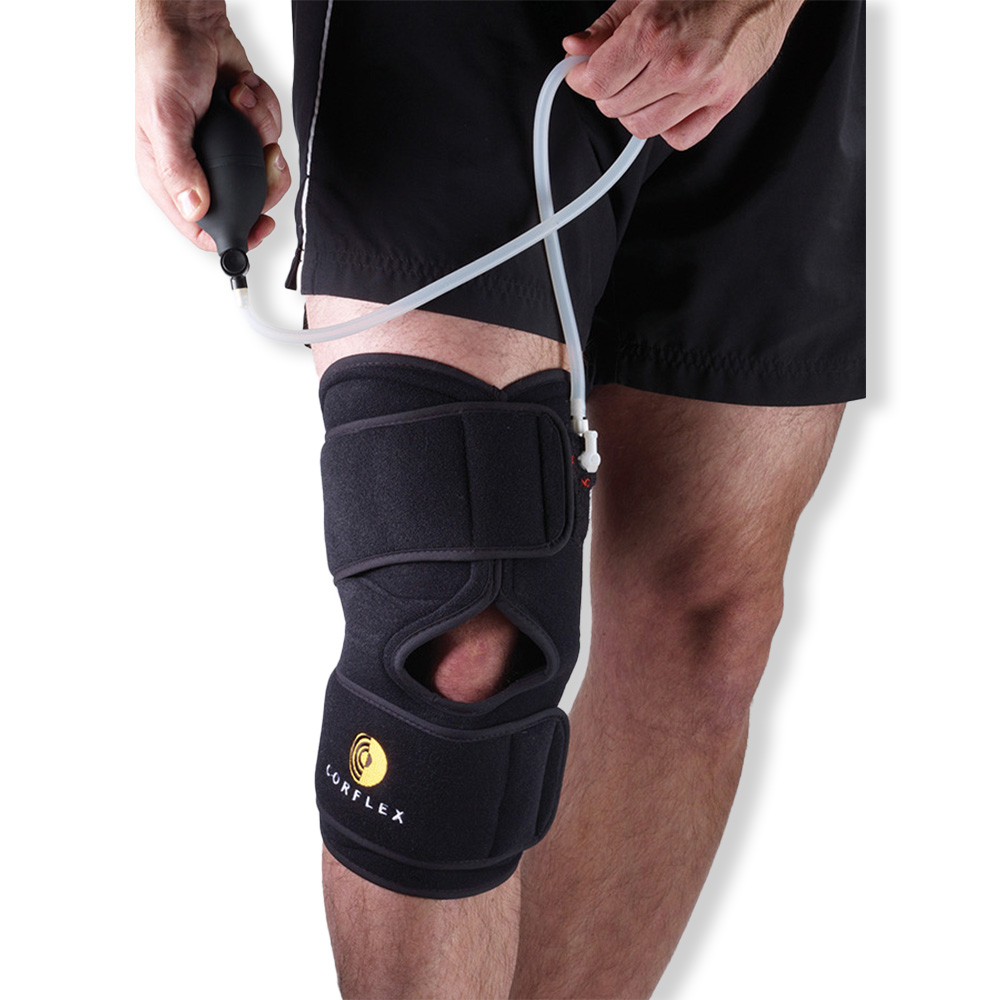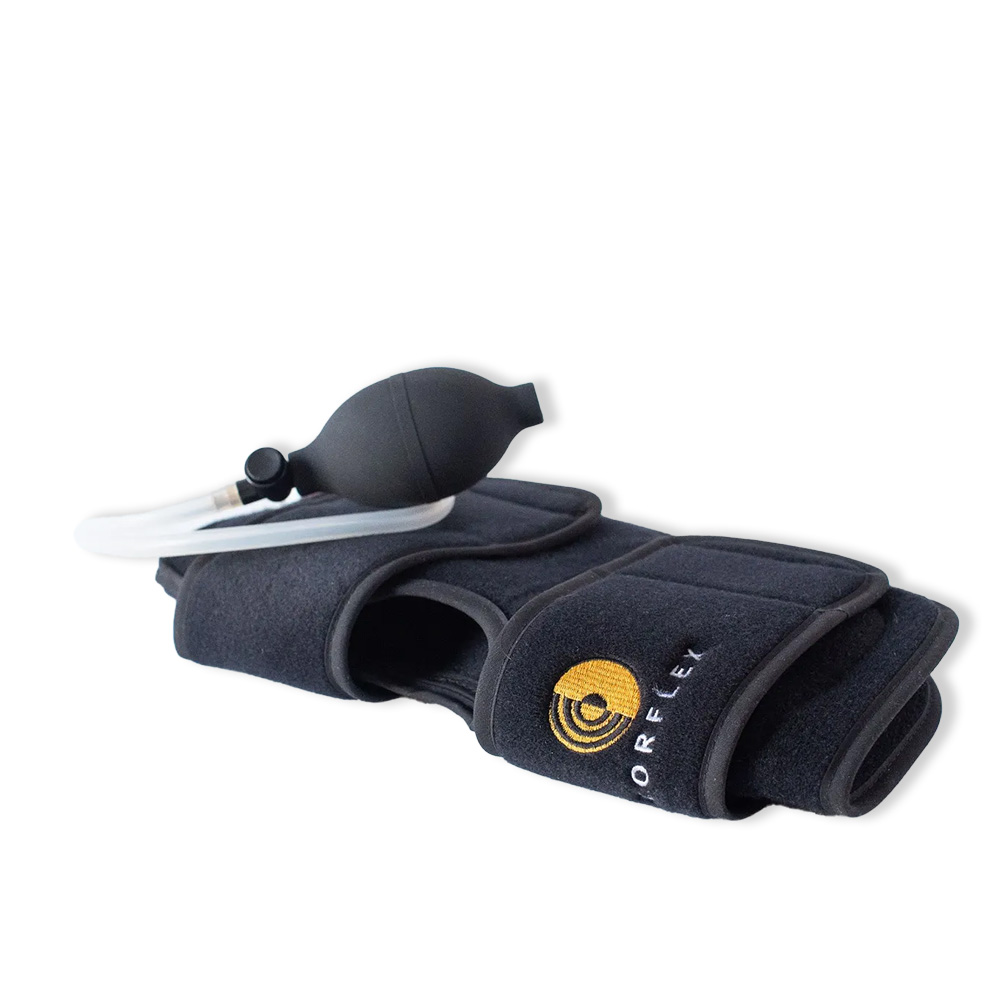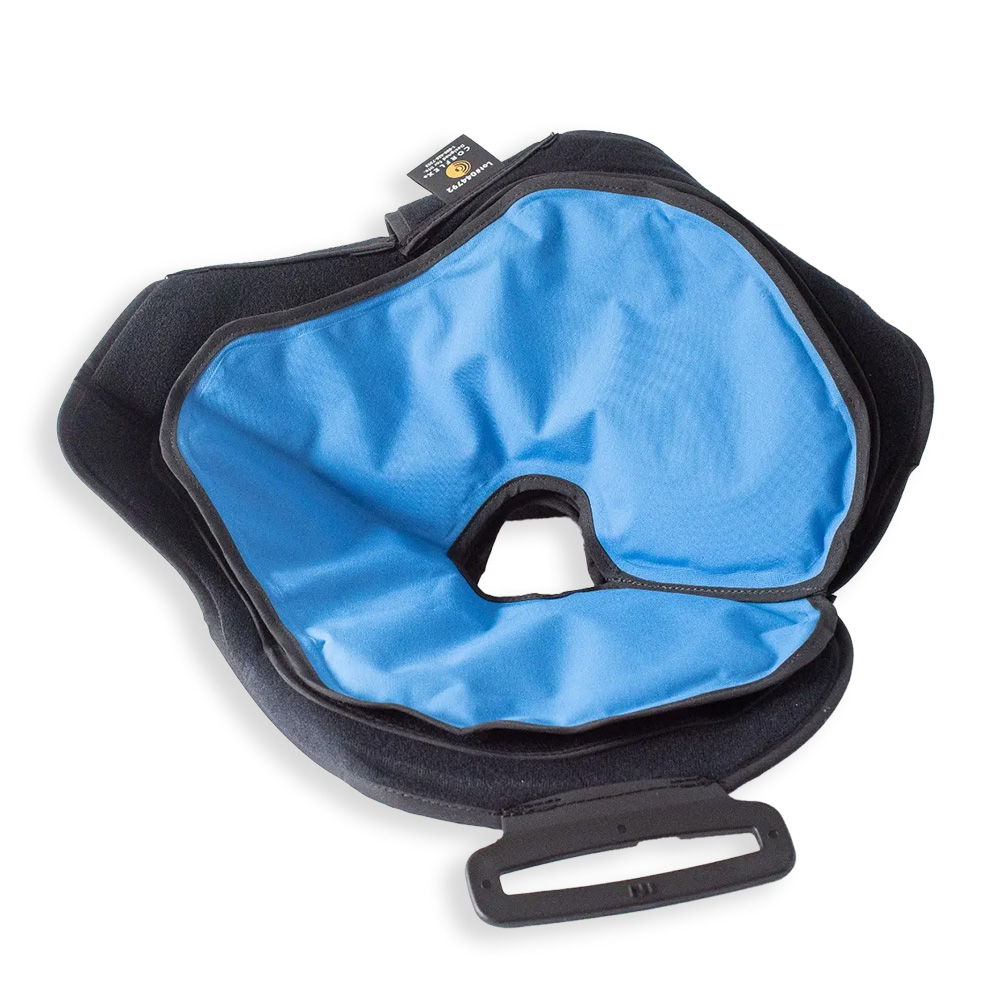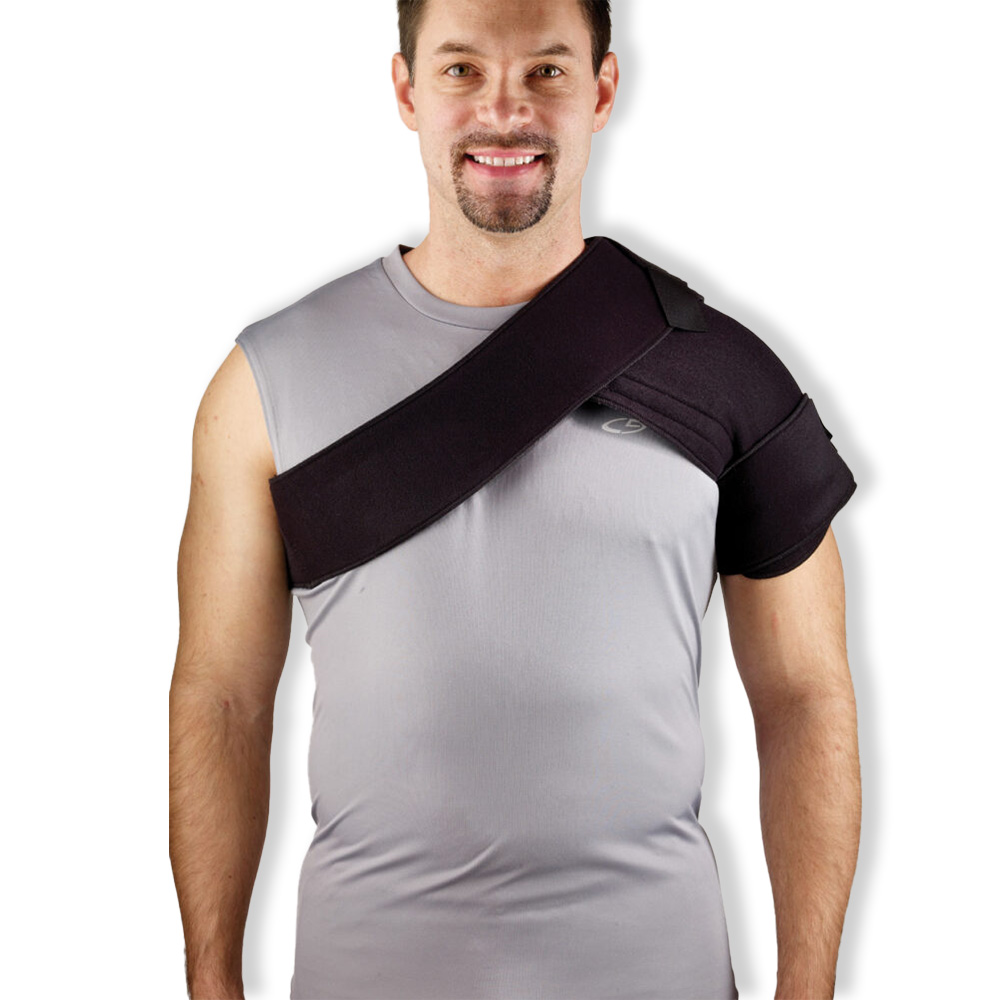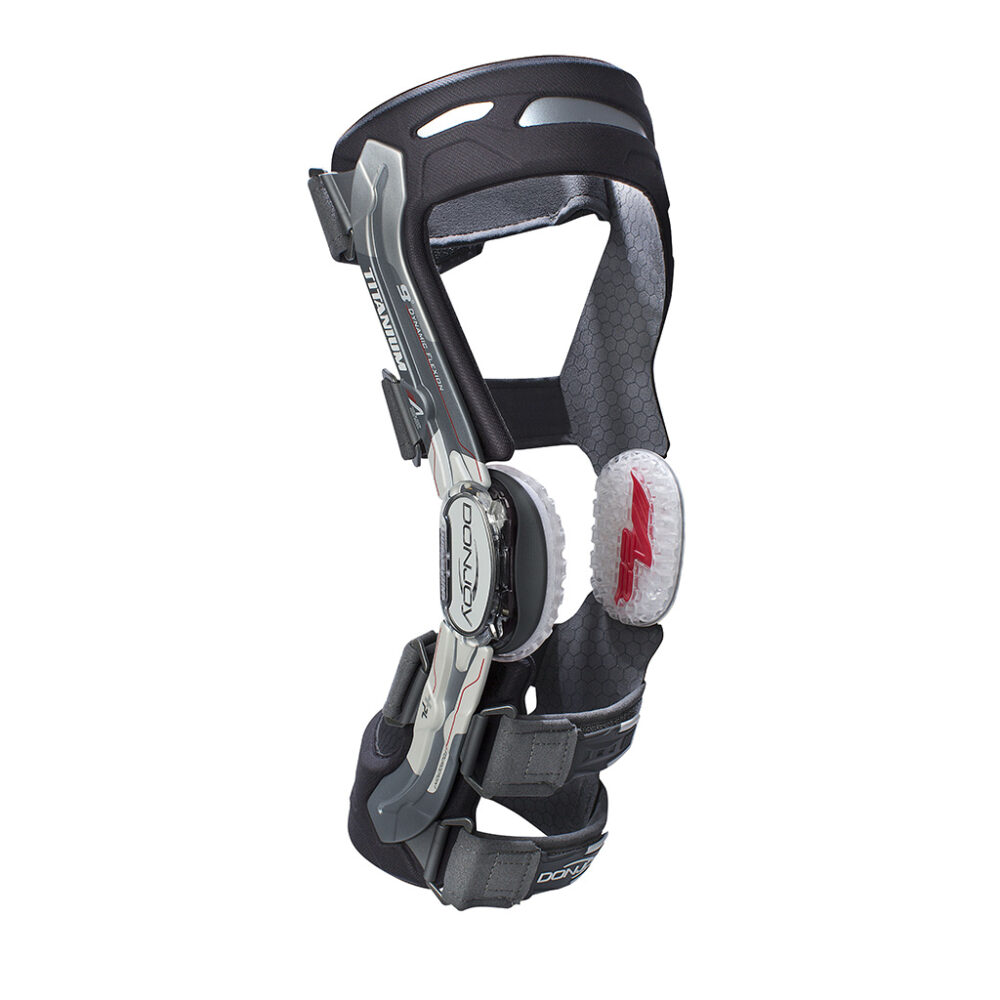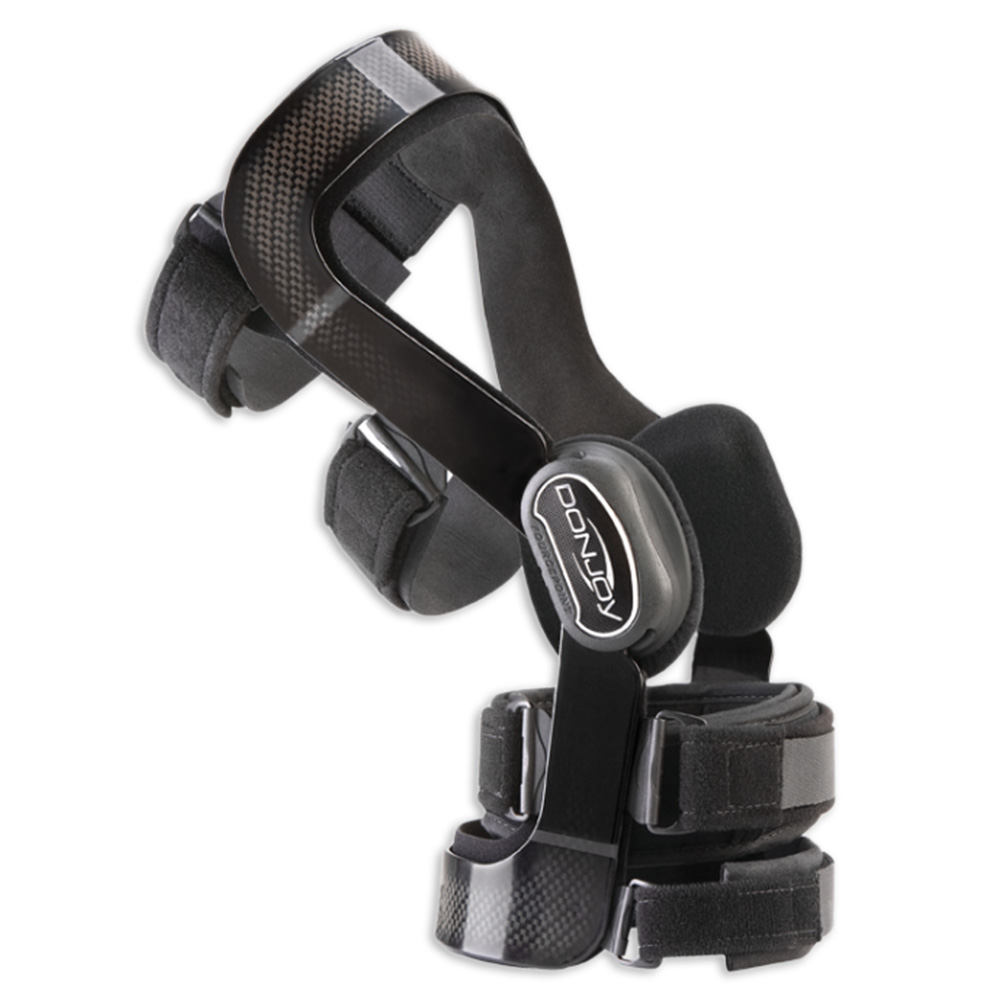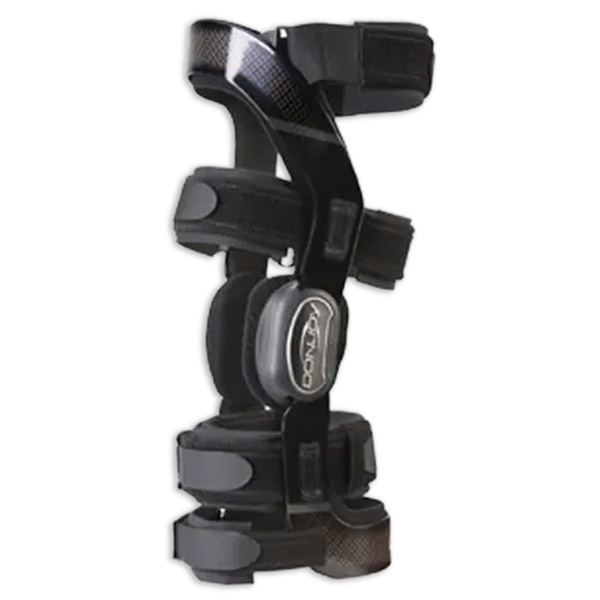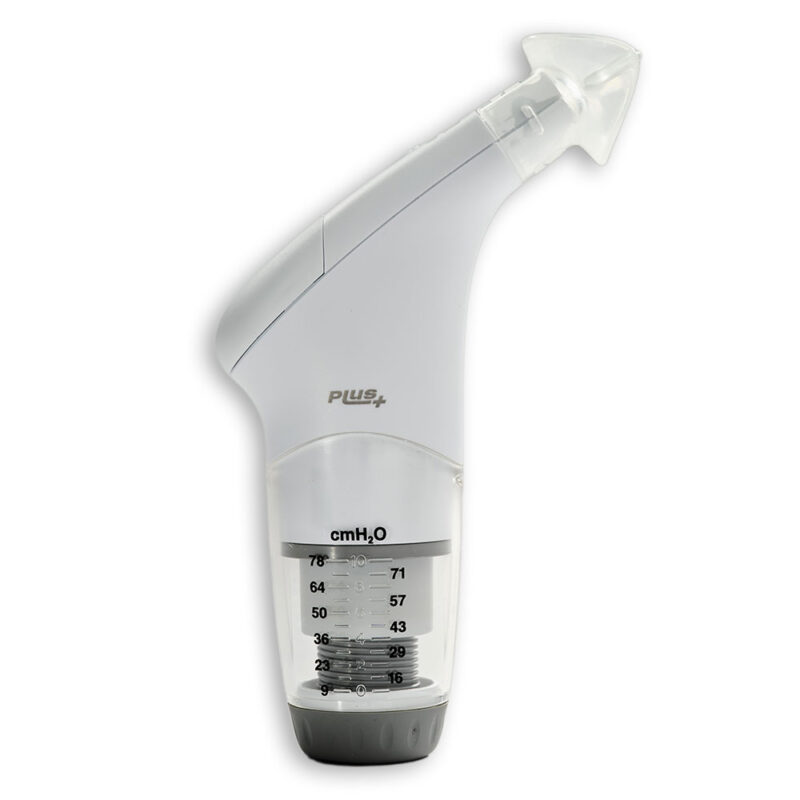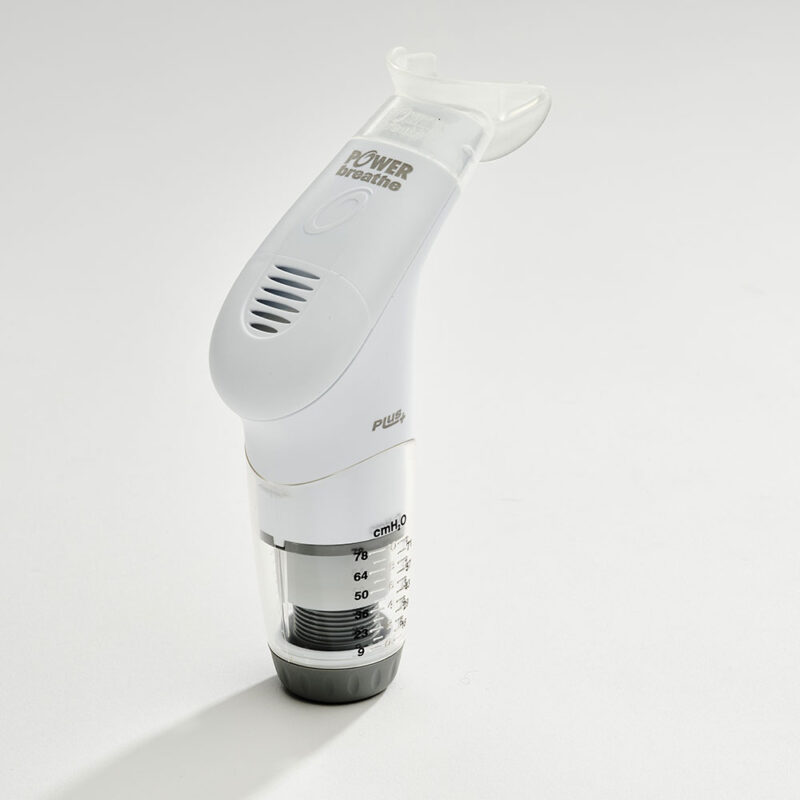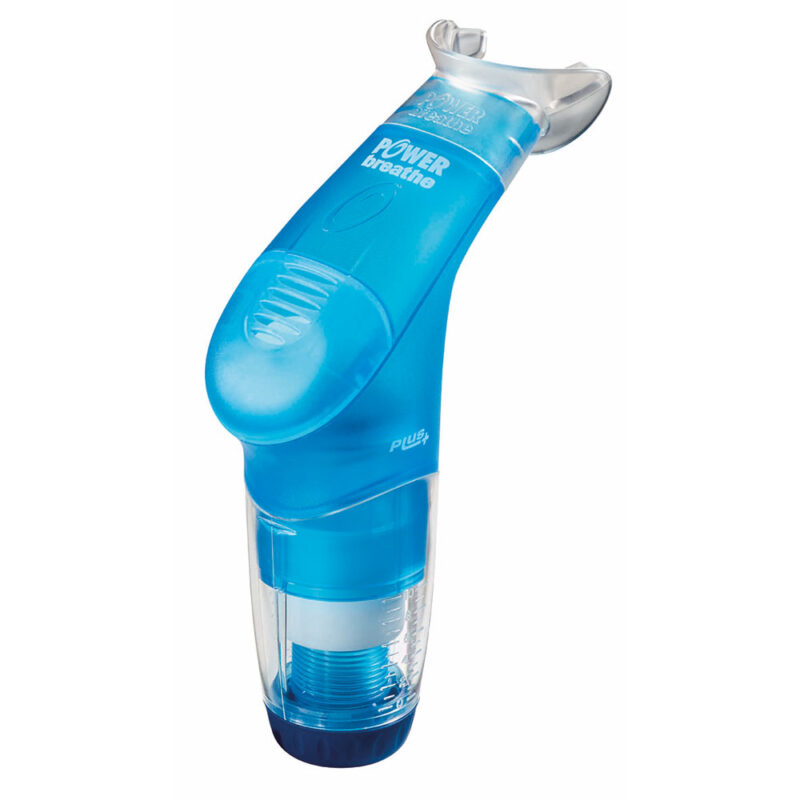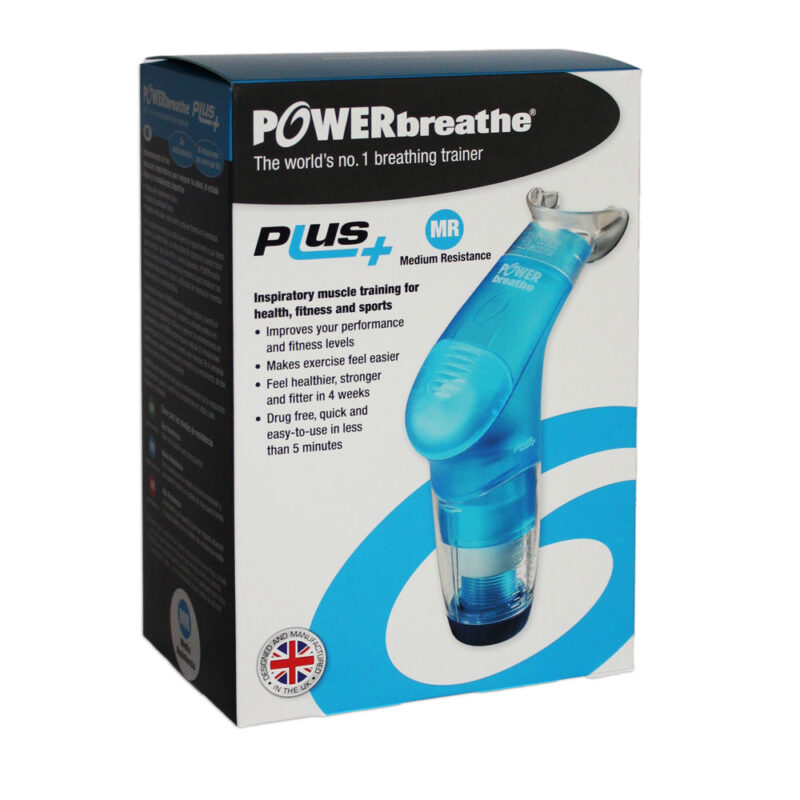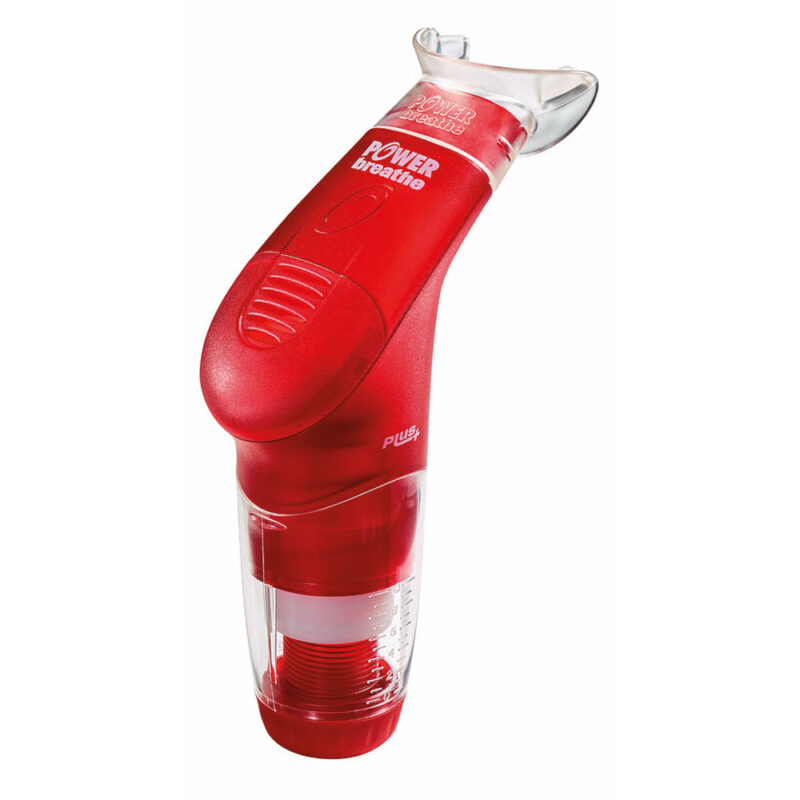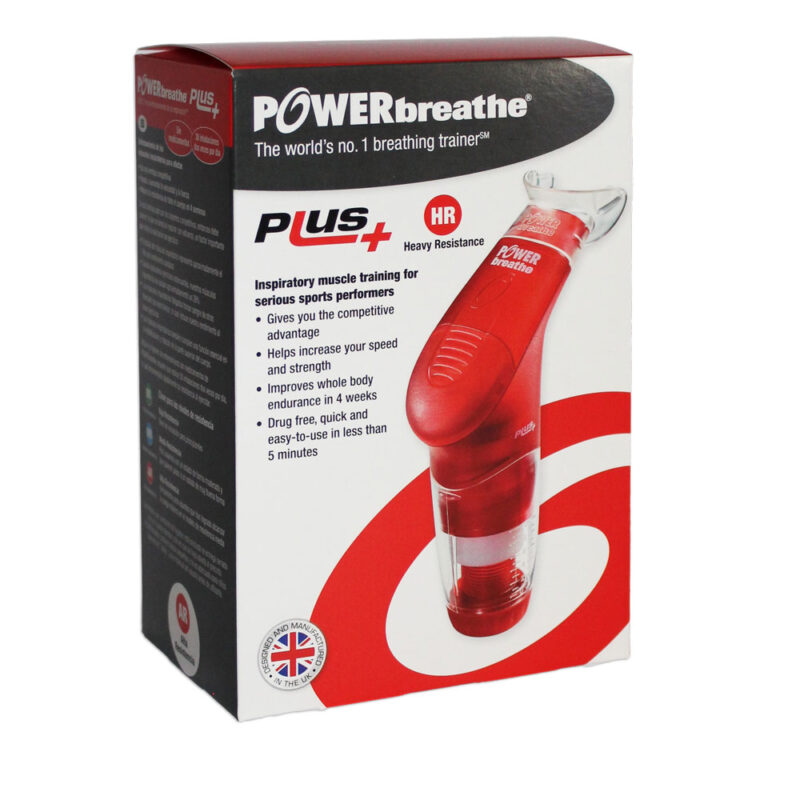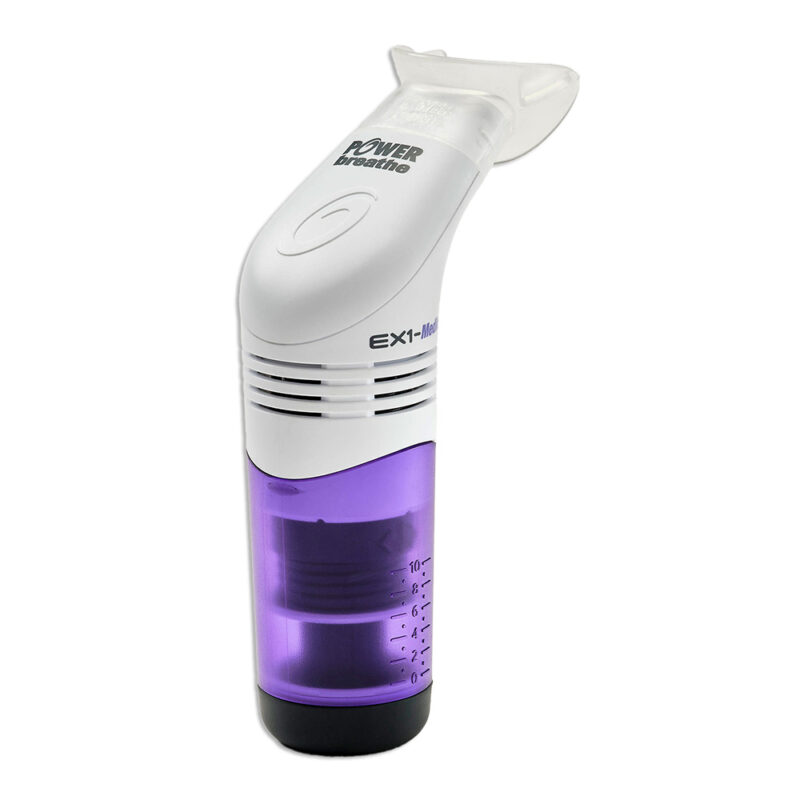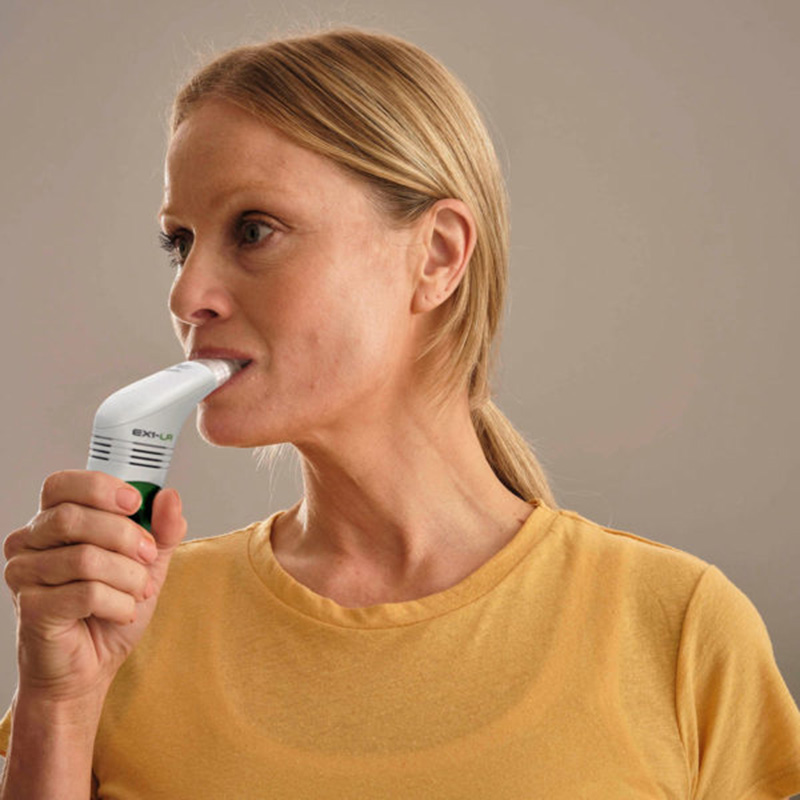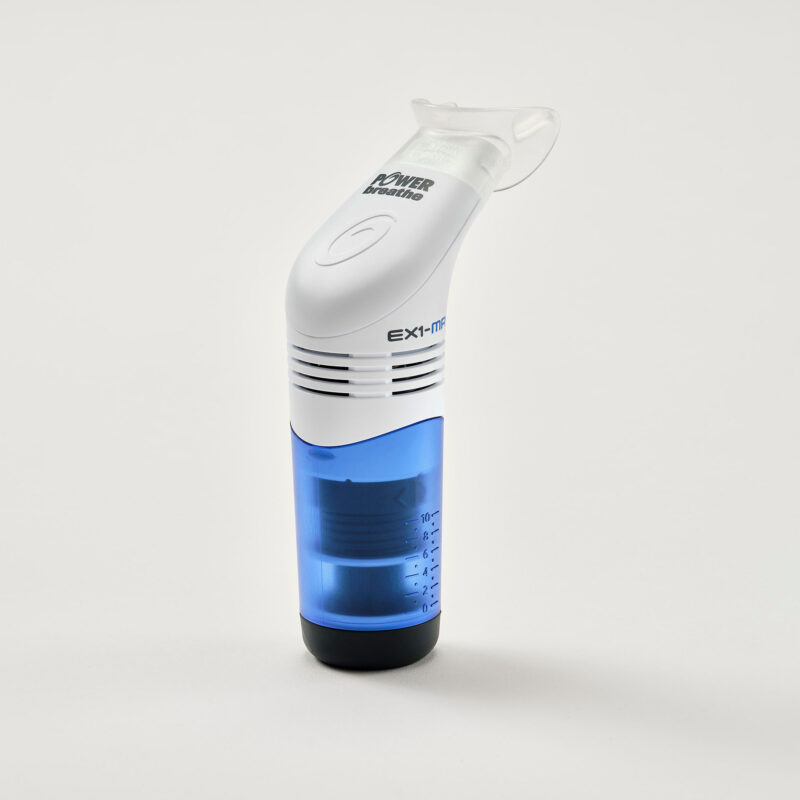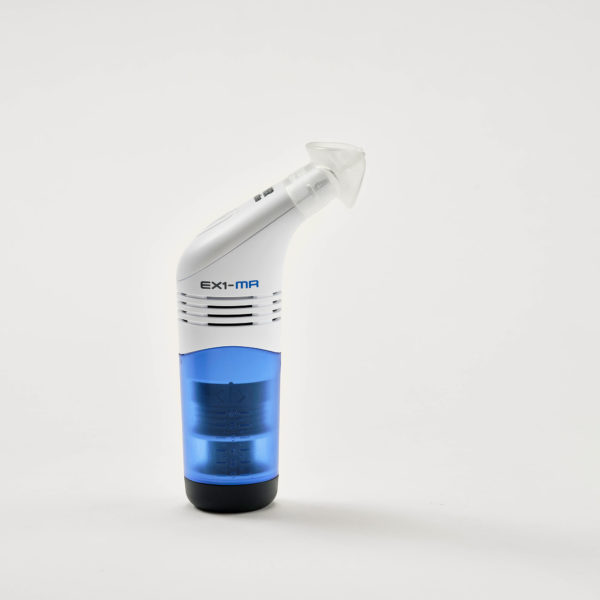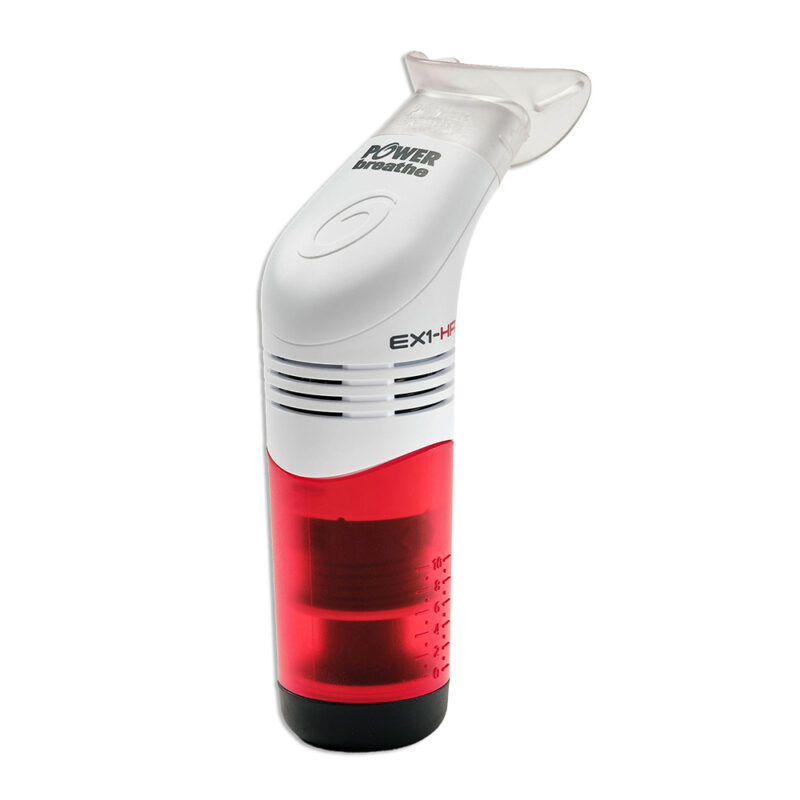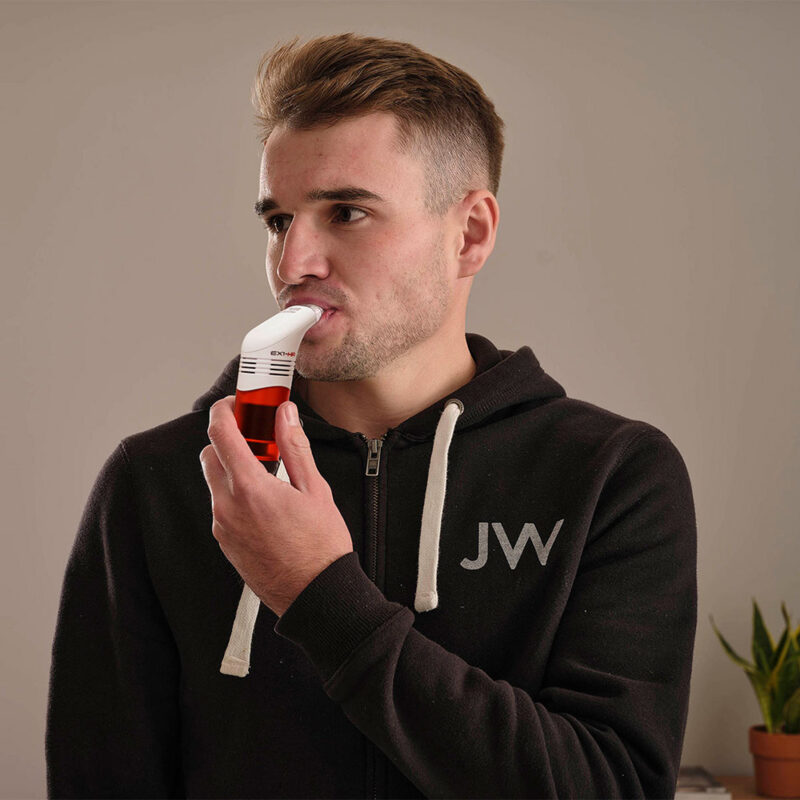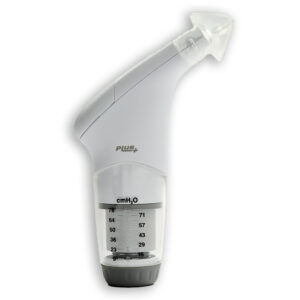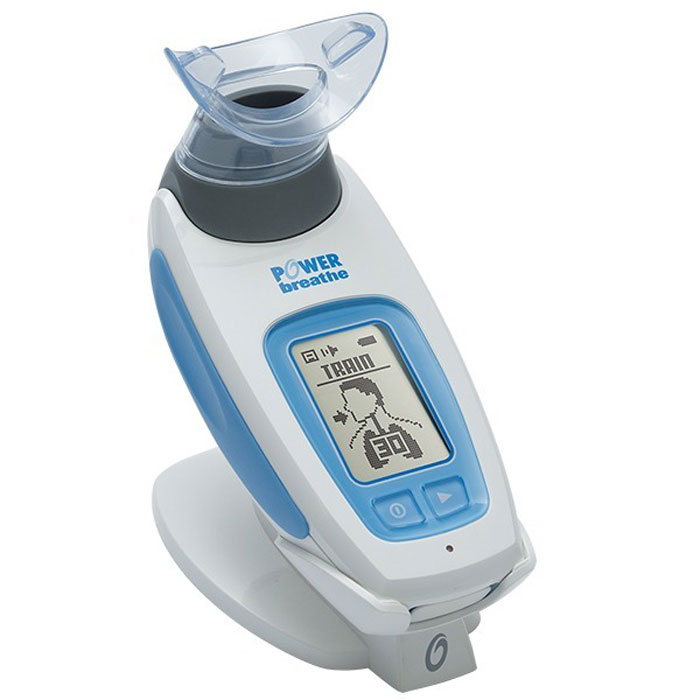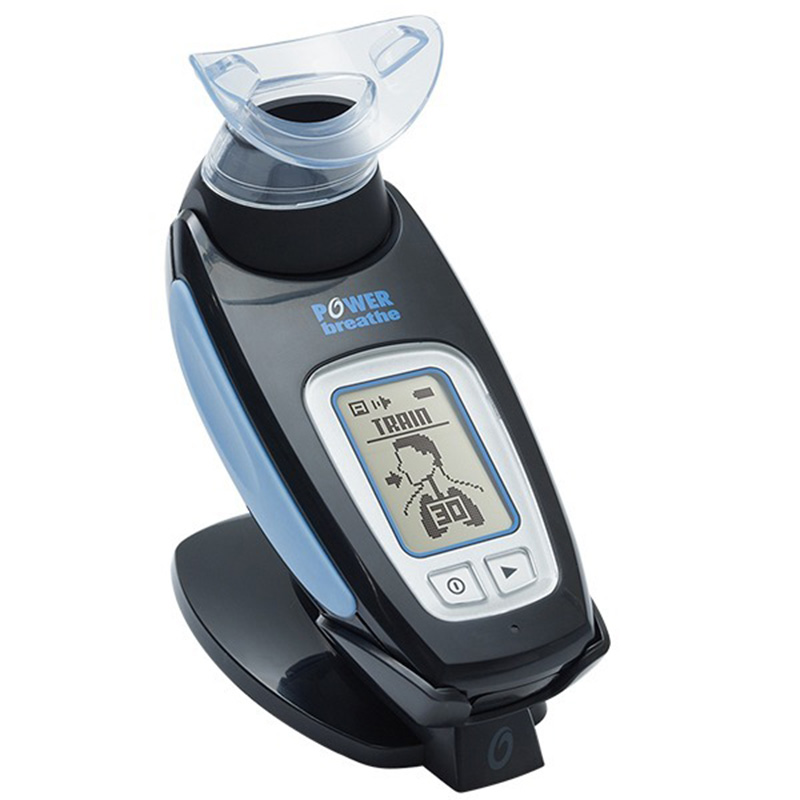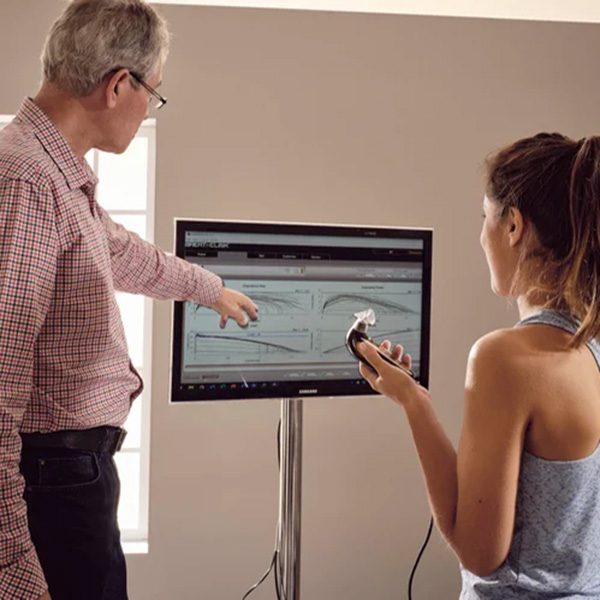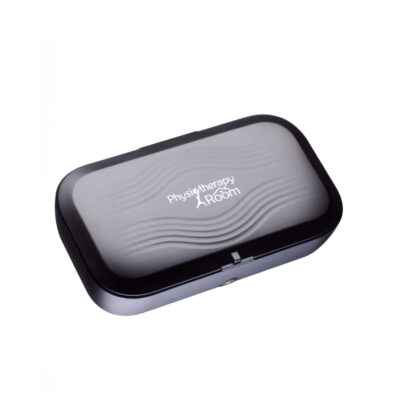The Best Breathing Trainer Just Got Better

POWERbreathe is the name on everyone’s lips when they talk about the best breathing trainer. That’s because we are the proud creators of the world’s first mechanical inspiratory muscle training device (IMT), launched in 1996, and the world’s first electronic breathing training device, launched in 2010. The electronic POWERbreathe K-Series uses dynamically adjusted flow resistance to generate breathing load, making it the device of choice in medical and sports settings.
But now, our latest innovation will help you benefit more from your breathing exercises when using our mechanical breathing devices.
Introducing The POWERbreathe Smart Adaptor & ActiBreathe® App
Dynamically Adjusted Flow Resistance (The POWERbreathe K-Series and KH-Series use Dynamically Adjusted Flow Resistance. These inspiratory muscle training devices use a dynamically adjustable flow resistor that provides resistance to the inspiratory muscles. This real-time, dynamic adjustment to breathing load, will automatically adjust the load on the inspiratory muscles, according to the user’s current breathing strength.)
Our new electronic POWERbreathe Smart Adaptor and companion ActiBreathe® App transforms your mechanical POWERbreathe breathing devices into state-of-the-art smart breathing devices, using Bluetooth® wireless technology. Available from 9th September 2024.
Mechanical Breathing Training with Advanced Technology
The new POWERbreathe Smart Adaptor easily attaches to your POWERbreathe Plus IMT or POWERbreathe EX1 EMT device, and later, your POWERbreathe Shaker Deluxe Mucus Clearance device. This hi-tech addition turns your mechanical breathing device into a smarter one; one that provides real-time, customized feedback on your breathing performance.

Key Features:
- Easy Attachment: Attaches easily to POWERbreathe Plus IMT and POWERbreathe EX1 EMT devices.
- Wireless Connectivity: Connects to the ActiBreathe® App via Bluetooth®.
- User-Friendly Interface: Simple to pair and set up on the ActiBreathe® App.
- Customised Training: Offers tailored and guided breathing strength testing and training.
- Comprehensive Analysis: Tracks your progress with thorough training analysis.
- Standalone Capability: Use independently of your breathing device for standalone breathing strength tests.
The new POWERbreathe Smart Adaptor is compatible with these POWERbreathe IMT and POWERbreathe EMT breathing trainers, and coming later, POWERbreathe Shaker Deluxe Mucus Clearance devices too:
Visualize Your Breathing Progress in Real Time
We designed the electronic POWERbreathe Smart Adaptor so that you could see your breathing improvements as they happen. By pairing it with the ActiBreathe® App via Bluetooth®, it provides helpful breathing feedback to help you get the most from your training. This combination of advanced technology and personalized guidance makes it possible for you to now see your training progress on screen, with hard evidence of your efforts.
The ActiBreathe® App by POWERbreathe: Your Personal Breathing Coach
The ActiBreathe® App is an exciting companion to the POWERbreathe Smart Adaptor because it presents you with visual feedback. It takes the data from the Smart Adaptor and transforms it into actionable insights. Here’s what you can expect:
- Real-Time Breathing Feedback: Monitor your breathing in real-time for optimal performance.
- Personalized Training Plans: Get training plans tailored to your breathing needs.
- Visual Progress Tracking: Track your progress visually and celebrate your milestones.
- Anytime, Anywhere Access: Access your feedback and training plans anytime, anywhere.
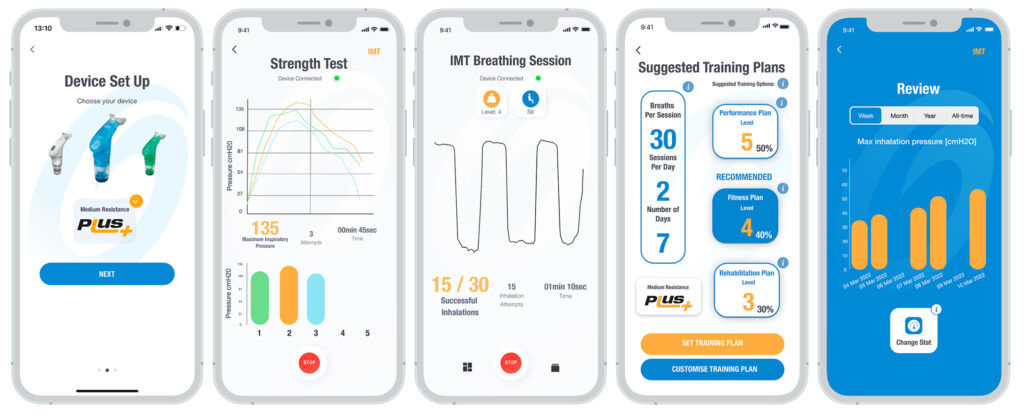
Why Choose the New POWERbreathe Smart Adaptor?
If your aim is to increase your breathing fitness for improved athletic or sports performance, or if you wish to breathe better for health and wellbeing, or have a medical condition that results in breathing difficulties, this new breathing training technology will adapt to your own, personal goals. The POWERbreathe Smart Adaptor and ActiBreathe® App help you take control of your respiratory health by visualising your progress and recommending new goals to make every breath count.
Get Ready to Transform Your Breathing Training
With the new electronic POWERbreathe Smart Adaptor and the ActiBreathe® App, POWERbreathe is setting an exciting, new standard for breathing exercise equipment. This powerful technology combination provides the feedback and guidance you need to get the most from your breathing training to improve overall respiratory fitness.












 Ask A Question
Ask A Question
 Tax Exempt Shopping
Tax Exempt Shopping
 Get Clinical Pricing
Get Clinical Pricing
 Affiliate Program
Affiliate Program
 Retail Stores
Retail Stores
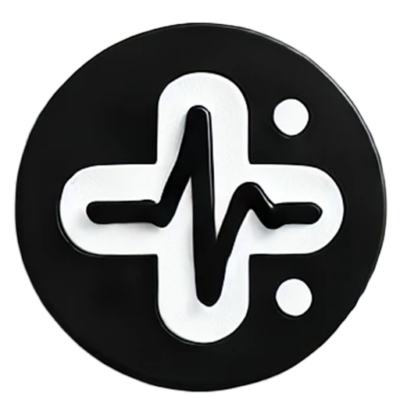 Health Hub
Health Hub
 Shipping Policy
Shipping Policy
 Returns/Exchanges
Returns/Exchanges
 About Us
About Us
 Contact Us
Contact Us
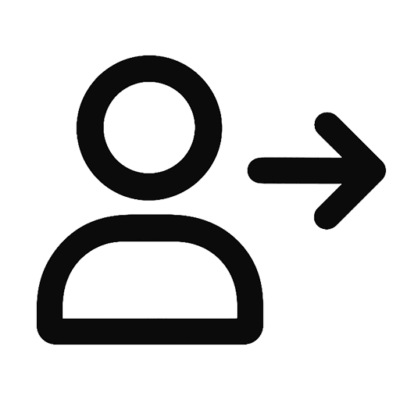 Login | Register
Login | Register


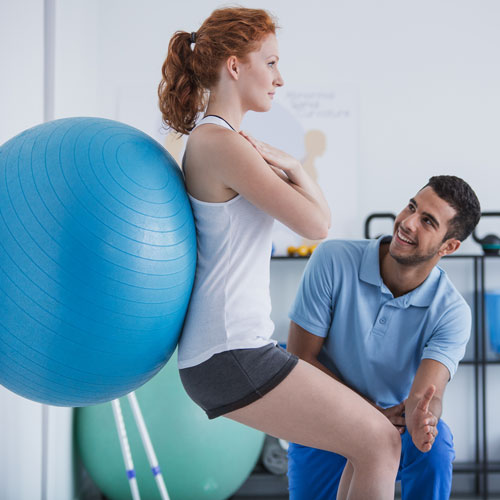

 BIOFLEX P120 Light Therapy System
BIOFLEX P120 Light Therapy System
